|
With the forsythia making a splashy show in addition to blooming tulips, hyacinths and daises, I can’t think of a better way to celebrate spring than with a festive bottle of rosé wine. Several months ago I had the pleasure of spending an afternoon with Riccardo and Alessandro Pasqua of Pasqua Vigneti é Cantine located in Verona, Italy. If you haven’t read my story about the “Two Brothers of Verona” and their expressive wines, please click on this link to learn about their family history, region and wines. http://thewineknitter.com/1/post/2019/01/day-701-the-two-brothers-of-verona.html My focus today is on Pasqua 11 Minutes Rosé, a beautiful wine to help kick off the spring season. First of all, the bottle is exquisite. The unusual oval shape and an alluring photo of Lesbia draws one’s attention to this bottle of wine, tempting us to partake in its pale pink salmon liquid. Lesbia was the mistress of Catullus, a Roman poet (born in Verona) who dedicated his most famous poem to her, “Odi et Amo” (I hate and I love). The Pasqua family once again takes their passion for wine and combines it with romance and history as seen in their Romeo & Juliet Passione e Sentimento wines. Pasqua 11 Minutes Rosé Trevenezie IGT 2018 is a masterful blend of Northern Italian and International grapes which are harvested from vineyards on the eastern and southern shores of Lake Garda of the Veneto region. The blend of this rosé is 50% Corvina, 15% Syrah, 25% Trebbiano di Lugana and 10% Carmenere. And why is it called “11 minutes” rosé? After harvest, the grapes are gently pressed and with only 11 minutes of skin contact the most noteworthy qualities of the grapes are extracted and the color is obtained. Thanks to the Corvina grapes, this rosé has a powerful floral aroma with delicate notes of strawberry, raspberry, sweet spice and ruby red grapefruit. The palate is rich with strawberry, red berries, hints of pear and traces of nuttiness on the finish. Racy acidity is balanced with a smooth texture. This fresh rosé is definitely a winner whether sipping as an aperitif or pairing with light food. Yum! Alcohol: 12.5% SRP: $20 This is a wonderful wine to drink all year round, but take advantage of the warm weather and bring it along on picnics and savor every sip while enjoying a sunset! Until next time…
Cheers! Penina To leave a comment or if you have an inquiry, please contact me at [email protected] When last I spoke of “Rubio” and “Blanca” in 2016, Rubio was on his Vespa either running away with a case of wine or pursuing Blanca in the hopes of sharing the wine with her. These whimsical labels certainly conjure up all sorts of scenarios! Paolo Masi, who is a third-generation winemaker at Renzo Masi winery, makes both of these wines. Fattoria di Basciano is the estate owned by the Masi family since the start of the 1900s. Located in the south of Florence in Tuscany’s Rufina district, the estate sits on a hill overlooking the Argomenna Valley on one side and the right bank of the Sieve river on the other. It is considered one of the best areas for Sangiovese grapes after the “Classico” region. The Renzo Masi winery produces a broad spectrum of wines from entry-level to fine wines. Renzo Masi’s motto is “Big enough to be broad-minded. Small enough to care about the details”. Affectionately called “Rubio and “Blanca”, Il Bastardo Sangiovese di Toscana IGT 2017 and La Bastarda Pinot Grigio di Siciliane 2017 are entry-level wines with an impressive “bang for the buck!” La Bastarda Terre Siciliane IGP 2017 is 100% Pinot Grigio from Sicily. Grapes are picked before they lose their natural acidity and become too sweet. The color of the wine is pale yellow with citrus notes, floral, and peach on the nose. My palate was entertained with flavors of grapefruit, lemon, honeysuckle, peach and hints of green apple. This is a fresh and lively wine with good acidity and balance. Serve as an aperitif or pair with shellfish, light pasta, fish and mild cheese. I think Blanca has the right idea to sip this wine while enjoying the beach. Alcohol:12.5% SRP: $9 Il Bastardo Rosso di Toscana IGT 2017 is 100% Sangiovese mostly picked from Tuscany’s Rufina district, but also includes grapes from nearby vineyards. The color of the wine is dark ruby with aromas of cherry, dark berries and hints of spice that segues onto the palate with a touch of fennel and pepper on the finish. This is a medium-bodied wine with soft tannins and a silky mouth-feel. Pair with grilled meat, fowl, pasta and cheese. Alcohol: 13% SRP: $9 I can certainly understand why Rubio might want to abscond with Il Bastardo wine to keep for himself. But being a romantic, I’d like to think that Rubio is in hot pursuit of Blanca and can’t wait to share a bottle of Sangiovese with her. And, although Blanca, a strong and independent woman appears to be quite content sitting by herself with a delicious glass of Pinot Grigio, I think she is longing for the day when Rubio will ride up on his Vespa to join her. What do you think?
Until next time… Cheers! Penina To leave a comment or if you have an inquiry, please contact me at [email protected] Verona is located in Northeast Italy’s Veneto region. It is renowned as the setting for Shakespeare’s Romeo and Juliet and it is also the backdrop for his comedic play, The Two Gentlemen of Verona. What comes to my mind however when thinking of Verona are “the two brothers of Verona” Riccardo and Alessandro Pasqua, representing the third-generation of Pasqua Vigneti é Cantine. Over the course of a three-hour luncheon, Riccardo and Alessandro shared their passion, enthusiasm and dedication for winemaking that was clearly expressed in the fabulous wines I tasted. This dynamic duo was born and raised in Verona and they are a force to be reckoned with. Not only do they share an impressive business acumen, but they are also quick-witted, have a strong work ethic, a great sense of humor and they love and live life to the fullest. The history of Pasqua Vigneti é Cantine began in 1925 when the first generation left their home in Apulia for Verona to embark on a new business. Going from the wine and retail trade to becoming a winery, they acquired new vineyards and made affordable table wine, making Pasqua a household name. The second generation, led by Umberto Pasqua, joined the company in the 1960s opening doors for exportation, establishing innovative research for vines and grafting techniques. In the mid-2000s a new headquarters and manufacturing plant was established in San Felice, located in the heart of the family’s vineyards. It is an environmentally friendly, gravity-fed winery complete with cellars, a laboratory and temperature-controlled warehouse. The winemaker is Giovanni Nordera, a cousin of the family. The winery produces approximately 14-15 million bottles of wine per year! The third generation made their entrance in 2007, beginning with Riccardo who had a vision for expanding Pasqua’s market. With the support of his father Umberto, Riccardo along with his wife and children, moved to New York City in 2009 and created Pasqua USA LCC. Within just a few short years and hard work, the revenues allowed Riccardo and Umberto to buy out the other family members, which was finalized in 2017. In 2014, Riccardo’s younger brother Alessandro became Vice President of Americas and moved to NYC taking over Pasqua USA, LCC. Riccardo returned to Italy a few weeks later to handle the day-to-day management of the company. Riccardo became CEO of Pasqua in 2015. Umberto is President of Pasqua and he and his sons Riccardo and Alessandro remain co-owners of Pasqua Vigneti é Cantine. The Veneto wine region has a variety of diverse microclimates, soils and indigenous grapes. The territories surrounding Verona are famous for such wines as Amarone, a Valpolicella blend typically made from Corvina, Rondinella and Molinara grapes and Soave, a white wine made with Garganega grapes. Pasqua has complete control over 741 acres of vineyards (1/3 is estate-owned) spread out from Lake Garda to Soave, with many of Pasqua’s vineyards located in Valpolicella Estesa. Their newest addition of 25 acres is located in Soave. We tasted through five wines at the luncheon, beginning with Pasqua’s Romeo and Juliet Passione & Sentimento wines. The label was inspired by Shakespeare’s star-struck lovers and is a tribute to “all great passions, just like our family’s passion for wine”. The label is a photograph of the messages left daily by visitors on the 20-foot wall outside of Juliet’s house on Cappello Street in Verona. Riccardo and Alessandro felt “it was important for the label to equate Verona with Italy”. And when it comes to making these wines, Pasqua is definitely showing lots of creativity in the winemaking process. Alessandro said, “the Rosso breaks about 10 rules!” Romeo & Juliet Passione & Sentimento Bianco Veneto IGT 2017 is made with hand-harvested 100% Garganega grapes. The appassimento technique is used to make this wine. Grapes dry in trays for a short time to enhance the sugar and floral aromas prior to maceration and fermentation. Part of the wine is then aged in French oak for a few months and then blended. This is a very aromatic wine with layers of citrus, stone fruit and hints of apricot and perfume on the finish. It is refreshing and crisp. Serve as an aperitif or with cheese, fish, fowl and salads. Alcohol: 13% SRP: $16 Romeo & Juliet Passione & Sentimento Rosso Veneto IGT 2016 is made with 100% hand-harvested dried grapes of 40% Merlot, 30% Corvina and 30% Croatina. This is another appassimento-style wine. Grapes are dried for 4 to 6 weeks. The wine is aged for about 3 months in large cherry barrels (second use). The color is ruby with lovely floral, berry and spice aromas. The palate offers cherry, plum and dried fruit and is beautifully balanced with soft tannins and a lingering finish. Serve with hearty cuisine, stews, and aged cheese. Alcohol: 14% SRP: $16 Famiglia Pasqua Amarone della Valpolicella DOCG 2013 is made with hand-harvested Corvina, Rondinella, Corvinone and Negrara grapes. The grapes dry in wooden crates for 4-5 months prior to fermentation. The wine ages in oak barrels for 18-20 months and then an additional 3-4 months aging in bottle. This is a seductive wine with rich aromas of dark berries, chocolate, vanilla and spice. The palate is layered with blackberry, cherry, fennel, spice and hints of earth. This is a beautiful blend of acidity and natural sweetness. Dark berries continue on a long finish. This is a full-bodied wine with silky tannins. Pair with grilled meats, game, hearty stews and hard cheese. Alcohol: 15% SRP: $46 The grapes for the Mai Dire Mai wines are sourced from Pasqua’s single vineyard, Montevegro, a 23-hectare vineyard located at an altitude of 350 meters, with basalt and calcareous soil, providing optimal mineral content. Mai Dire Mai Valpolicella Superiore DOC 2013 is made with 50% Corvina, 30% Corvinone, 10% Rondinella and 10% Oseleta. Grapes are hand-harvested from a single vineyard. The vines are a mixture of new and 40+ years old vines and the limestone in the soil gives this wine its mouthwatering acidity. The wine is aged in French oak tonneaux and barriques for 18 months, (70% new oak and 30% second use.) This is an elegant wine with a ruby red color and lush aromas of dried fruit, cherry, tobacco and spice. The palate offers savory notes of dark dried cherry, clove and espresso. The balance is perfection between the acidity and tannins. The finish is long and the subtly is heavenly. Serve with meats, pasta, firm fish and stews. Alcohol: 15% SRP: $46 Mai Dire Mai Amarone della Valpolicella DOCG 2011 is made with 65% Corvina, 15% Corvinone, 10% Rondinella and 10% Oseleta. The grapes are hand-harvested and dried in crates for 4 months. The wine is aged in new French oak casks (70% 225 liters and 30% 500 liters) for 24 months. This is a decadent and sumptuous Amarone. Riccardo said it perfectly, “it is elegant, versatile and dry to the bone”. Intense aromas of dark plum, cherry, earth and spice set the stage. The wine is full-bodied and complex with the palate offering layers of dark fruit, dried cherry, cloves, dark chocolate and hints of spice. This is a well-balanced wine with silky tannins and a lot of finesse. Pair with pasta, meat, aged cheese and dark chocolate. Alcohol: 16.5% SRP: $100 All of the wines that I tasted are expressive of the terroir and demonstrate the family’s desire to bring back “old school style” wines in addition to being adventurous! Riccardo said, “we want to start a new trend for Amarone and put Valpolicella back on the map, old style. We have the terroir and time to develop, no matter how long it takes”.
As the luncheon drew to a close, Riccardo hinted of a “secret project” that they are working on. Hmmm…I can’t wait to find out! The Pasqua family definitely thinks outside the box and I’m sure whatever they are working on, it will be impressive. The company sells wines in fifty countries worldwide, so find yourself a bottle of their wine and join these “pioneers” in a toast to a “Family Passion!” Until next time… Cheers! Penina To leave a comment or if you have an inquiry, please contact me at [email protected] I love Italy! It is a country filled with a long and rich history, captivating wines, mouth-watering food and awe-inspiring art. Indeed, there is something to satisfy all of one’s senses, no matter which of its 20 regions you might visit. No wonder one of Italy’s nicknames is Bel Paese, meaning “beautiful country”. Finding Italy on a map is quite easy, identifiable by its long boot-shaped peninsula. Its diverse and breathtaking landscape starts with the eastern Dolomite Mountains, Carnic Alps and Venetian Pre-Alps on the northern border. The dramatic Apennine Mountain chain stretches along two-thirds of the length of Italy and is the source for almost all the rivers in this country. Situated on the Mediterranean Sea, Italy has a seemingly endless coastline and is surrounded by the Adriatic Sea to the east, the Ionian Sea to the south and the Ligurian and Tyrrhenian Seas to the west. Although wine vineyards can be found in each of Italy’s regions, thoughts usually turn to Tuscany, Veneto, Piemonte and Abruzzo when considering Italian wine. However, the region of Puglia (also known as Apulia) located in southern Italy bordering the Adriatic Sea, should be in your thoughts as well. If you like gentle tropical breezes, palm trees, beautiful beaches, historical charm, traditional cuisine, and of course wines that communicate the terroir, then Puglia is a region worth exploring. Within the region of Puglia is the Salento Peninsula which is in the southernmost part of the boot called the heel. It is bordered by the Adriatic and Ionian Seas and is home to Salice Salentino, DOC. There are 25 DOCs in Puglia but the wines of Salice Salentino are world-renowned. Salice Salentino obtained DOC status in 1976 and the Salice Salentino Consortium was founded in 2003 by a group of producers whose mission it is to protect and promote the indigenous grapes throughout the territories in the province of Lecce and beyond. The Consortium represents approximately 80% of the entire Salice production chain. The grape vines here date back to the 6th century BC, but it wasn’t until the early 1930s that farmers started to experiment with the indigenous grapes Negroamaro and Malvasia Nera. The first Salice Salentino red wine produced was a blend of these two grapes. Today, there are a variety of wine styles produced from the indigenous grape varietals that grow here. The climate is dry with long hot summers and cool breezes emanating from the Mediterranean that balance the temperatures in the vineyard. Because the Apennine Mountain chain bypasses Puglia, the land here is relatively flat with diverse and fertile soils, mostly made up of clay and limestone. Due to the soils’ ability to retain groundwater reserves, especially important in dry years, the vines are able to provide high-quality wines. All of these attributes combined set the stage for making this the perfect agricultural area for producing and contributing to the complexity and uniqueness of the wine. In addition to grapes, this region is also noted for producing olive oil, artichokes and tomatoes. In fact, fifty percent of Italy’s olive oil is produced in Puglia! The principal red grape that defines Salice Salentino is Negroamaro. Other red grape varietals such as Primitivo, Malvasia Nera, Aleatico and Susumaniello are also grown here. White grape varieties include Chardonnay, Fiano and Pinot Blanco. Negroamaro in Italian means, “black bitter”. It is usually produced as a single varietal, but can also be blended. The DOC regulations state that wines labeled Salice Salentino DOC must have a minimum of 80% Negroamaro grapes. Malvasia Nera grapes can make up the other 20%. The finest Negroamaro wine is made in the Salice Salentino DOC. The wine is extremely dark in color with typical dark berry flavors and is mildly aromatic. Negroamaro grapes are also used to make wines such as Negroamaro Rosato, sparkling rosé, dessert wine and Riserva. All wines labeled Riserva must be aged for a minimum of 24 months, including at least 6 months in oak barrels. Since we are in the heel of the boot, let’s explore a few wineries and taste some wine. Cantina San Donaci is located in the Salento countryside and is one of the oldest wineries here, established in 1933. What once was a small group of 12 farmers whose objective it was to expand and develop their land and products, is today a large group of 600 partners. Approximately 50 to 60 quintals of grapes are produced per year. The winery has 500 hectares of vineyards in prime areas of Salice Salentino with a variety of soils and microclimates. Grape vines grow on calcareous-argillaceous soils that are conducive to the hot and dry climate. Different types of planting systems and pruning techniques are used depending upon the varietal and irrigation needs. According to the winery, “the key is moderate growth and fewer buds to attain superior grape quality”. The most up to date modern technology is used in the winemaking process. “One of the most important features of our products is the irreplaceable aging in durmast barrels, which refine the taste and enhance the high quality”. Durmast is a European oak and is known for its dark, heavy and tough elastic wood. Cantina San Donaci uses only indigenous grapes from their vineyards. In addition to the traditional red grape varieties of Negroamaro, Primitivo and Malvasia Nera they also use Malvasia Bianco, Chardonnay, Bombino and Trebbiano. Anticaia Salice Salentino Rosato DOP 2017 is made with 90% Negroamaro and 10% Malvasia Nera. The Malvasia Nera helps to soften the tannins and brings more aromatics to the blend. The wine is a striking coral color with pronounced aromas of roses, strawberry and cherry. The main flavors on the palate are strawberry, cherry and raspberry, with a hint of lemon zest on the finish. This is a dry and lively wine with a good balance between the acidity and alcohol. Pair this wine with white meats, seafood and mild cheese. Alcohol: 13.5% Candido Winery is just up the road from the town of Salice Salentino and is another very old winery, founded in 1929 by Franceso Candido. Franceso produced his first wine in 1929, setting the standard for the beginning of Salento-style winemaking. Alessandro Candido who is Managing Director and his brother Giacomo are the third generation in this family-owned business. The winery has 140 hectares of dryland farming vineyards on which organic red and white indigenous grapes are grown. According to Alessandro, “Negroamaro is the absolute king and the one on which Candido focuses its work the most”. When it comes to winemaking, Candido combines tradition with state of the art equipment, producing wines that let the grapes and terroir speak. La Carta Salice Salentino Riserva DOC 2015 is made with 95% Negroamaro and 5% Malvasia Nera. Since “Riserva” is on the label, we know that the wine aged for a minimum of 24 months with at least 6 months in oak barrels. The color is dark ruby with aromas of red berries and black berries, plum, spice and earth. The palate is layered with blackberry, black cherry, plum, pepper, vanilla and hints of chocolate. Pepper and cherry notes on the long finish had me craving for another sip. This is an easy wine to drink. It is full-bodied and beautifully balanced with richness and structure. Pair with meats, pasta, aged cheese, grilled veggies and even pizza! Alcohol: 13.5% I recently asked Alessandro what goals in winemaking Candido is hoping to achieve. His reply was as follows and I believe he speaks for most wineries in Salento: “Tradition is what identifies a territory and its own wines. Today, the “New Wine World” – and I do refer to the one overseas - has made international grape varieties its own, reaching excellent quality at a very good price! The wines we produce and sell are unique and different thanks to our indigenous grapes which grow up here and nowhere else in the rest of the world and for this reason they represent our future! I know this might seem obvious, but it is the characteristics of a specific territory that give wines their inimitable character. And that’s what we are focusing on: quality and uniqueness, an excellent choice that has already shown great results to us”. Salice Salentino wines truly express the land that they come from with their exotic and exceptional aromas and flavors. And if the two samples of wine that I just tasted are any indication of what Salento has to offer, then I can’t wait to sample more!
So, the next time you’re considering an Italian wine to drink, think beyond the known and try Salice Salentino wine. Pour yourself a glass and enjoy your visit to Salento one sip at a time! As you might recall from a previous story, several months ago I received an assortment of wines that were leftover from our restaurant days in NYC. Every now and then I open one as a treat for my palate. Since getting a Coravin system, it has made it a lot easier for me to taste these vintage wines without sacrificing the whole bottle. One of the wines from my “stash” is a 2000 Barone Ricasoli Rocca Guicciarda Chianti Classico Riserva. With the recent arrival of two sample wines of Barone Ricasoli, I was motivated to taste the 2000 vintage as well. Barone Ricasoli is located in the Brolio territory of Chianti Classico. The Ricasoli cellars are at the foot of the historic Brolio Castle. The castle became the property of the Ricasoli family in 1141 and it is where all the wine production takes place. It was in this castle in 1872 that Baron Bettino Ricasoli originated the formula for Chianti wine, now called Chianti Classico. They are the oldest winery in Italy and the fourth oldest family business in the world. The Ricasoli family was among the first to devote themselves to the development and improvement of agriculture and vineyards. The family tree document of 1584 shows one of the first images of the Chianti area. In 1993 Baron Francesco Ricasoli, the great-grandson of Bettino became the owner and president of Ricasoli. He completely renovated the vineyards making them sustainable. And, he continually studies the soil types and clonal selection of Brolio Sangiovese which is one of his biggest passions. Ricasoli is comprised of 1,200 hectares of land of which 240 hectares are wine vineyards and 26 hectares are olive groves. Castello Brolio 2013 Chianti Classico DOCG Gran Selezione is a blend of 90% Sangiovese, 5% Cabernet Sauvignon and 5% Petit Verdot. The grapes are selected from the estate’s best vineyards in Gaiole and the wine is only produced in the best years. The wine was aged for 21 months in French oak barriques and 20% new tonneaux. The color is deep ruby with aromas of dark cherry, dark plum, spice, toasted oak and a touch of floral. The palate is layered with blackberries, dark plum, licorice, dark chocolate, vanilla and hints of earth. This is a full-bodied, rich and balanced wine with a long and persistent finish. Alcohol: 13.5% SRP: $70 COLLEDILÀ 2015 Chianti Classico DOCG Gran Selezione is 100% Sangiovese. Colledilà is considered one of the most representative wines of the terroir of Brolio. The grapes are selected from the estate Chianti Classico. The wine was aged for 18 months in 30% new tonneaux. The color is ruby with a beautiful bouquet of red berries, sweet spice and violets. The palate is lush with dark fruit, sour cherry, plum, licorice and cedar. This is an elegant wine with a velvety mouth-feel and soft tannins. It is perfectly balanced with a long and jammy finish. Alcohol: 14% SRP: $70 Rocca Guicciarda 2000 Chianti Classico DOCG Riserva At one time Rocca Guicciarda was the most important estate of Barone Ricasoli. Today, it is the name of the estate’s Chianti Classico Riserva. This wine is made from 100% Sangiovese. The 2000 vintage aged for 20 months in part barriques and part tonneaux. I used my Coravin to extract a glass of wine. The color is garnet and still has some good aromas of dark fruit, plum, dried fruit, sweet spice and earth. The palate is savory with sour cherry, fig, leather and hints of pepper. It is still very drinkable but less definable. It has a nice balance between acidity and tannins. I will definitely re-visit this wine over the holidays. Alcohol: 13.5% If you like wines from Chianti Classico or even if you’re not familiar with them, put Barone Ricasoli on your shopping list and enjoy a glass!
Until next time… Cheers! Penina To leave a comment or if you have an inquiry, please contact me at [email protected] I made my first trip to the magical island of Sicily over a year ago where I met with winemakers, toured vineyards and tasted some fabulous wines. One of my stops along the way was Feudo Arancio which is also home to Stemmari Wines located in Sambuca di Sicilia, in the southwestern area of Sicily. In addition to vineyards in Sambuca di Sicilia, they have another estate in Acate, with a total of 700 hectares of vineyards between the two estates. Sustainable farming is practiced on both estates using solar energy, recycling water and taking a green approach to winemaking. Both indigenous and international grapes are cultivated. After the grapes are harvested (by hand and machine) they are brought to the on-site production facility in Sambuca di Sicilia for vinification where most of the winemaking is done underground, providing a natural cooling environment. Recently, Stemmari debuted an extraordinary wine called Hedonis Riserva, taking Sicily’s indigenous grape, Nero d’Avola to a new level of flavor and complexity. I had the opportunity this past week to meet one on one with the winemaker, Lucio Matricardi, Ph.D. and taste the Hedonis Riserva with him. Lucio said, “Hedonis Riserva was a 10-year project in the making. We examined and tried different ways to grow Nero d’Avola and experimented with various fermentation methods". Lucio added, “ You will taste this wine and see for yourself that it is like no other Nero d’Avola you’ve ever had”. And, he was right! Lucio explained to me that the Nero d’Avola grapes are harvested in sections. Two blocks are harvested in mid-September and undergo fermentation and maceration for 15 to18 days, and then the wine is aged in French and American oak barrels for 18 to 20 months. Another two blocks of grapes are harvested at a later date, allowing the grapes time to mature further. This selection of harvested grapes is then left out to dry on flats giving them enough time for the sugars and flavors to become more concentrated. This can take anywhere from a few weeks to several months. It is called the appassimento method. After optimum drying is reached, the grapes go through fermentation and maceration for about 15 days and then the wine is aged in stainless steel tanks for 18 to 20 months. After the aging is complete for both wines, they are blended together using 50% of the wine aged in barrels and 50% of the non-oaked wine made using the appassimento method. Hedonis Riserva is 100% Nero d’Avola. The color is deep ruby with intoxicating aromas of dark berries, plum, sweet spice, fig and hints of oak. The palate is layered with juicy berries, dark cherry, pomegranate, fennel and a touch of dried fruits. Hedonis Riserva is a beautifully balanced wine with silky tannins and a very expressive presence. This is a wine that needs no food and is easy to drink on its own. However, it will pair well with a variety of foods such as meats, stews, firm fish and cheese. Alcohol: 14% SRP: $49.00 The wine label is a whimsical depiction of the wedding of Dionysus, the ancient Greek god of wine and his bride Ariadne, the immortal princess of Crete. The wine is named for the hedonist festivities performed in Dionysus honor. My compliments to Lucio Matricardi for creating a unique Nero d’Avola wine and truly capturing the essence of Sicily.
Until next time… Cheers! Penina To leave a comment or if you have an inquiry, please contact me at [email protected] About seven years ago, I purchased an assortment of D’Isanto & D’Isanto I Balzini wines. Over the course of five years I have opened most of them and at times shared my thoughts with you. Alas, my stock is dwindling and I have only four bottles left. In 1980 Vincenzo D’Isanto founded D’Isanto & D’Isanto winery and planted his first vineyard located in the heart of central Tuscany at his estate in Barberino Val d’Elsa, which is on the border between Florence and Siena. Swept up in her husband’s dedication and love for winemaking, Antonella left her previous profession and joined Vincenzo in 2005 immersing herself completely in the management of the estate with the assistance of her daughter, Diana. Antonella and Vincenzo define themselves as “producers for passion” and feel that the territory must be loved, respected and cared for. They use only organic ingredients on the vines and all the grapes are carefully picked by hand. In keeping with their respect for the environment, they built a new energy efficient underground barrel-aging cellar. As you can see from the photo below, the vines are planted on small terraces exposed to the sun. The name “Balzini” is the Tuscan word for small terraces. The climate here is warm and temperate with soils of yellow sand and clay that contain the presence of marine fossils all of which contribute to the character of the wine. Antonella started a project called “Tuscan Colors”, where every type of wine they produce is characterized by a color on its label and made with a particular blend of grapes. Tuscan Colors began with Vincenzo’s White label, the first wine introduced to the market in 1991 and made with Sangiovese and Cabernet Sauvignon grapes. The Black label followed eleven years later and is made with Sangiovese, Cabernet Sauvignon and Merlot grapes. The Green (Sangiovese and Mammolo) and Red (Merlot, Cabernet Sauvignon & Sangiovese) labels came next and most recently, the Pink label, a rose made with Sangiovese and Merlot. In 2015, I opened a 2008 D'Isanto & D'Isanto I Balzini White Label Colli della Toscana Centrale IGT. My last bottle of this vintage and label was opened last night. I thought it would be interesting to see what, if anything, has changed in three years. 2008 D'Isanto & D'Isanto I Balzini White Label Colli della Toscana Centrale IGT is made with 50% Sangiovese and 50% Cabernet Sauvignon. The wine was aged in medium-toasted French oak barrels for approximately 12 months and then in the bottle for at least 18 months before release. I allowed the wine to breathe for about 20 minutes before drinking to help soften the tannins. The wine is a deep garnet color with enticing aromas of dark berries, plum, floral and spice. The palate offeres dark fruit, plum and spice with hints of pepper and oak. Tannins were smooth and the finish was long. The wine was definitely softer than when I tried it in 2015. However, it was still rich and jammy. Alcohol: 13.5% SRP: $40 The odds of finding a White Label 2008 is rather slim but check out the newer vintages. I don’t think you’ll be disappointed!
Until next time… Cheers! Penina To leave a comment or if you have an inquiry, please contact me at [email protected] All it took was a 15-degree drop in temperature and a cool breeze for me to start thinking about making a batch of soup and pumpkin muffins. The temporary change in weather also motivated me to open a bottle of red wine. Having tasted a lot of lightweight wines the past few months, I was “jonesing” for some Chianti. Chianti Classico appellation is located in Tuscany, Italy situated between Florence and Siena and is the most esteemed and ancient area in the Chianti winemaking zone. Chianti Classico is a small wine region that produces DOCG wines with very specific rules. The blend must be at least 80% Sangiovese grapes. Chianti Classico Riserva is made with the best Sangiovese grapes and requires a minimum of 24 months maturation, including 3 months of bottle aging. Every bottle of Chianti Classico has a pink label with the Black Rooster seal, authenticating the wine. The label is a symbol of the Chianti Classico Wine Consortium. The bottle must also bear the DOCG label (Denominazione di Origine Controllata e Garantita), which under Italian wine law is the highest designation of quality among Italian wines. Tomaiolo Chianti Classico Riserva 2012 DOCG is a blend of 90% Sangiovese and 10% Cabernet Sauvignon. The wine is aged in oak casks for 24 months and one year in the bottle. The color is deep ruby with aromas of cherry, blackberries, spice, violet and oak. The palate offers dark cherry, dark fruit, cranberry, toast and a long finish of cherry and cocoa. This is a full-bodied, dry wine with soft tannins. Pair with grilled meats, pasta and red sauce, and seared tuna. SRP: $12.99 Alcohol: 13% I never did make the soup or pumpkin muffins, but there’s always next week!
Until next time… Cheers! Penina To leave a comment or if you have an inquiry, please contact me at [email protected] Puglia was our last stop on a whirlwind tour in Italy last month. Puglia is the heel of Italy’s boot and is located in the southeast corner of Italy with the Adriatic Sea to the east and the Ionian Sea to the southeast. We flew from the majestic mountainous region of Veneto to the breathtaking coastline of Brindisi, a port city in the Salento region of Puglia. Brindisi is lush with tropical trees, white sand beaches, abundant sunshine, a dazzling view of the Adriatic Sea and relatively flat land, making it a perfect agricultural area for producing such products as wine, olive oil, artichokes and tomatoes. The city has an exciting vibrancy attracting young and old to its beaches, historical sites, boating and dining on local cuisine in some fab restaurants. Brindisi is a great combination of new and old world charm. Luigi Rubino and his wife Romina Leopardi of Tenute Rubino winery hosted our visit. The moment I met this dynamic couple, I was caught up in their enthusiasm and passion for Puglia, especially for their dedication to preserve ancient viticulture while embracing state-of-the-art practices and also their vision and mission for the near future to put Puglia back on the map and especially Brindisi. Their plan is to build a new winery that includes a small hotel with several amenities overlooking the Adriatic Sea. It is their desire to make Brindisi a tourist destination. For Luigi and Romina the future is tourism, wine and gastronomy! It all began with Luigi’s father Tommaso Rubino who back in the 1980s saw the potential of the land in Salento. Over time, Tommaso purchased land that is today divided into four estates. Luigi completed the construction of a new vinification and refining cellar in Brindisi and created the brand Tenute Rubino in 1999, paying homage to his father by promoting the historical vines of Salento that include Negroamaro, Primitivo, Malvasia and Susumaniello. And by 2000, the first bottle of Marmorelle Rosso was released. Just a quick note on the Susumaniello grape: It is an ancient red grape indigenous to Brindisi and grown almost exclusively in the Salento area. It ranks among the world’s rarest of grapes. Tenute Rubino is best identified with Susumaniello. The grapes are grown in the Jaddico estate with an assortment of vines, some of which are 75 years old. Luigi started the Susumaniello project in 2000 with Torre Testa wine. His goal is to reintroduce this rare grape to the world and make it the primary wine of the area. Tenute Rubino owns 500 hectares, of which 200 hectares are under vine located along the shores of the Adriatic Sea stretching inland. Each of the four estates is unique in bringing different expression to the same grapes planted. I encourage you to visit Tenute Rubino website to learn about each estate, the grapes planted, the soil and climate. https://www.tenuterubino.com Slideshow of vineyards and land below. In addition to walking the vineyards and learning about the indigenous grapes, Luigi showed us the blueprints of where he and Romina plan to start their visionary project. It is impressive on paper and one can only imagine how beautiful and magical the complex will be once built! After visiting the vineyards we drove to the winery for a cellar tour and wine tasting with Luigi, Romina and the oenologist, Luca Petrelli. We tasted through six wines, all unique and expressive of the land. 2010 Giancòlo IGT Salento made with 100% Malvasia Bianca from Jaddico estate. Aromatic with honeysuckle, peach, citrus and hints of brine. Bright acidity, fresh with honey, pear and tropical fruit on the palate. SRP: $18 2016 Torre Testa Rosé IGT Salento made with 100% Susumaniello from Jaddico estate. Fresh berries and a touch of salinity on the nose. The palate offers strawberry and Bing cherry. Crisp and refreshing. SRP: $16 2016 Oltremé IGT Salento made with 100% Susumaniello from Jaddico estate. Heady aromas of deep cherry and dark plum. Rich and smooth with lush dark cherry, chocolate, spice and a hint of anise on the palate. This is a “best seller” in USA market and one of my favorites! SRP: $11 to $14 2016 Miraglio DOC Brindisi made with 100% Negroamaro from Uggio estate. Aromas of dark berries, pepper, herbs and spice. The palate offers nice layers of blackberry, plum and hints of floral with medium tannins. SRP: $11 to $14 2015 Jaddico DOC Brindisi Riserva from Jaddico estate. Made with 80% Negroamaro and 20% Susumaniello Aromas of cherry, dark berries, pomegranate and hint of spice. The palate offers dark, juicy fruit with a smooth and rich texture. SRP: $25 2016 Torre Testa IGT Salento made with 100% Susumaniello from Jaddico estate. This is an elegant wine and it is another favorite of mine. The nose offers dark berries with fresh fruit, plums and sweet spice. The palate is layered with rich “jammy” dark fruit and spice. Full-bodied and a beautiful balance of acidity and tannins. SRP: $40 Over the course of two days we sampled many of Tenute Rubino wines with our meals. And speaking of food, Romina and Luigi own a fantastic restaurant called Numero Primo, a wine bar on the Brindisi waterfront. Slideshow below of small sampling of food & wine Tenuto Rubino also makes three outstanding extra virgin olive oils ranging from light and fruity to intense fruity. The olive oil is so good, I could drink it! Every year the Jaddico estate hosts the Women’s Harvest Festival celebrating the local women who work year-round in the vineyards from tending the vines to harvest time. The festival honors the commitment and skill of the women who make up the team. The festival is open to the public to enjoy wine, food, singing and dancing. This is a beautiful way to pay homage to the hard and dedicated work of these women. Our last night in Brindisi was spectacular. Romina and Luigi hosted a small party on a cruising catamaran complete with music, food, wine and a singing captain! It gave us a chance to see the coastline of Brindisi from the water, experience a beautiful sunset and admire some impressive architecture! It was truly a night to remember. Slideshow below. I look forward to returning to Puglia and hopefully, I will get to see the completion of Luigi and Romina’s vision for Brindisi in the not too distant future!
If you can’t make it to Puglia anytime soon, buy a bottle of Tenute Rubino and pour yourself a glass. I can assure you that with each sip the wine will tell you a story of the terroir, sea, history and tradition of this enchanting region. Thank you to Luigi and Romina for allowing me to look at Puglia through your eyes and for the opportunity to taste your impressive wines. I look forward to sharing your parting gifts with family and friends. Until next time… Cheers! Penina Imagine scenic valleys embracing storybook Alpine villages. Add snow-capped mountains that surround the villages and you have arrived in Alto Adige, the northernmost wine region of Italy. Noted for its dramatic peaks, Alto Adige is bordered by Austria and Switzerland and is one of Italy’s smallest winegrowing regions. It also dominates the country in wine worthy of a DOC designation, with 98% of its wines falling into this category! Alto Adige enjoys a mild Alpine-continental climate with big temperature swings between day and night, averaging a temperature of 64 degrees during the grape growing stage. There are over 300 days of sun per year with approximately 27 inches of rainfall per year. The Dolomites protect the vineyards from cold winds coming from the north. And to the south, where the land is open, warm air currents waft over the winegrowing vineyards coming from Lake Garda and the Mediterranean. The lowest vineyards are at 750 feet and the highest vineyards reach 3,250 feet above sea level. The average elevation is approximately 1,600 feet. Alto Adige has a broad range of soils such as volcanic porphyry, quartz, limestone, dolomite and sandy marl. The soils combined with the climate make for an ideal stage on which to grow high-quality grapes. More than sixty percent of the region’s vineyards are white grape varieties such as Pinot Grigio, Chardonnay, Pinot Blanc, Gewürztraminer and Veltiliner. Approximately forty percent of the vineyards are red grape varieties such as Cabernet Sauvignon, Merlot, Pinot Noir, Malvasier, Schiava, Lagrein and Moscato Rosa. My focus today is on Pinot Grigio and Pinot Noir, specifically from the winery of Peter Zemmer. Peter Zemmer winery is one of the oldest wineries in Alto Adige. It is located in Cortina, one of the smallest communities in Alto Adige with 600 inhabitants in the village. It is situated in the middle of the valley floor, near the Adige River. Cortina is a world-renowned ski resort and was host to the 1956 Winter Olympics Games. Peter’s grandfather founded the winery in 1928 and Peter is now the third generation in this family-run winery. Peter says “The cultivation of vineyards has been an important part of our family history for almost a century. The third generation still shows the same enthusiasm for wine. Culture and nature, tradition and innovation, great respect and development, I love and live my environment.” Grapes grow on the mountain valley floor and steep surrounding hillsides. The winery practices sustainability, uses only organic fertilizer and uses natural winemaking techniques. Peter Zemmer Rolhüt Pinot Noir DOC 2017 Pinot Nero is the Italian name for Pinot Noir. However, both names can be seen on bottles produced in Italy. Although this region might be more popular for its white wines, red varietals grow well here, including Pinot Noir. Rolhüt is 100% Pinot Noir and the grapes come from the 15-acre Rolhüt site located in the immediate vicinity of the winery. The vineyards sit at an elevation of 1,400 feet and contain soils of loam, chalk and porphyry. 70% of the Pinot Noir is aged over 12 months in large French oak barrels and the remainder is aged in small, 2-3-year-old French oak casks. After blending both, the wine is then bottled and aged for an additional 6 months. The color of the wine is cherry red with fragrant aromas of cherry, flowers, red berries, sweet apples and spice. The palate offers a crisp, light and savory wine with smooth tannins and layers of fresh strawberry, sour cherry, spice and hints of red plum. Sour cherry, subtle notes of minerality and spice linger on the finish. Alcohol: 13% SRP: $18 Peter Zemmer Pinot Grigio DOC If you have been following my stories, you might have gleaned by now that I’m not a big fan of Pinot Grigio. Well, my opinion has changed dramatically after enjoying this Alpine Pinot Grigio! The grapes are selected from the best vineyards located on the valley floor and steep slopes located near the estate. The soils are stony, sandy and extremely chalky. The poor yield per hectare produces more concentrated flavors and contributes to the quality of this wine. Fermentation takes place in stainless steel tanks using pure strains of yeast and then spends several months of ripening on the yeast to achieve this well-structured wine. The color of the wine is soft yellow and has a very aromatic bouquet of floral, citrus, pineapple and honeydew. The wine envelops the palate with lively layers of white flowers, pear, citrus, minerality and fresh acidity. It finishes with a dash of zest and lingering pear. Oh, my…
Alcohol: 13.5% SRP: $18 The combination of the Alpine air and southern sun in the Alto Adige is producing some outstanding wines that reflect the character of this region. If you haven’t tasted any wines from this magical area, I encourage you to run…not walk…to a wine shop and experience for yourself how truly heavenly and unique these wines are! Cheers! Penina To leave a comment or if you have an inquiry, please contact me at [email protected] |
Categories
All
|

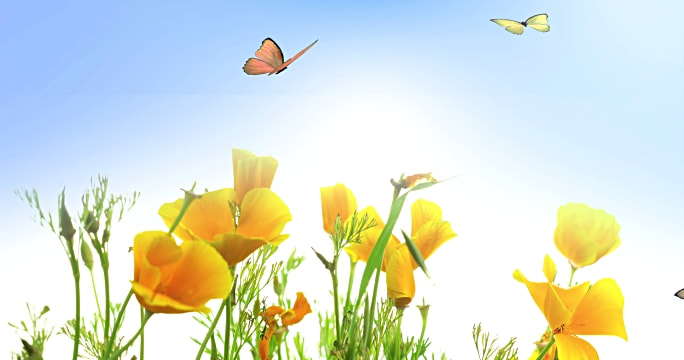
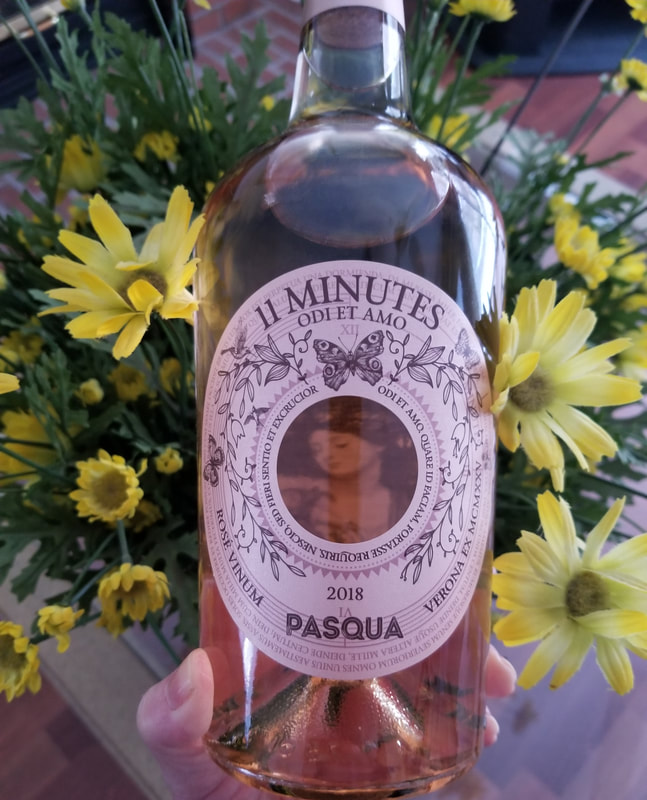
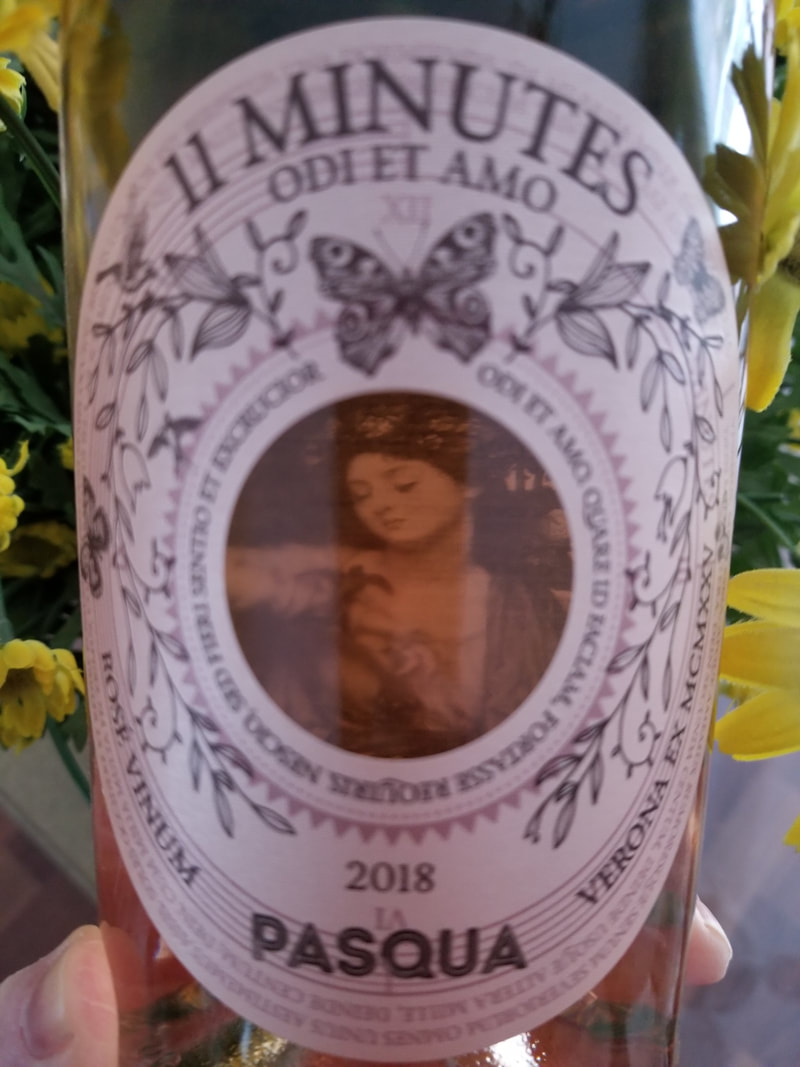
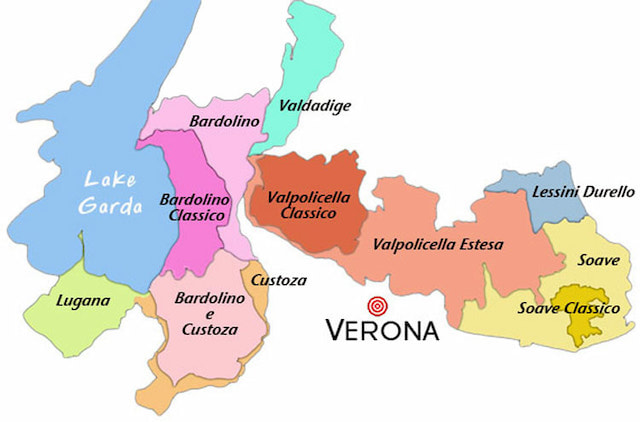
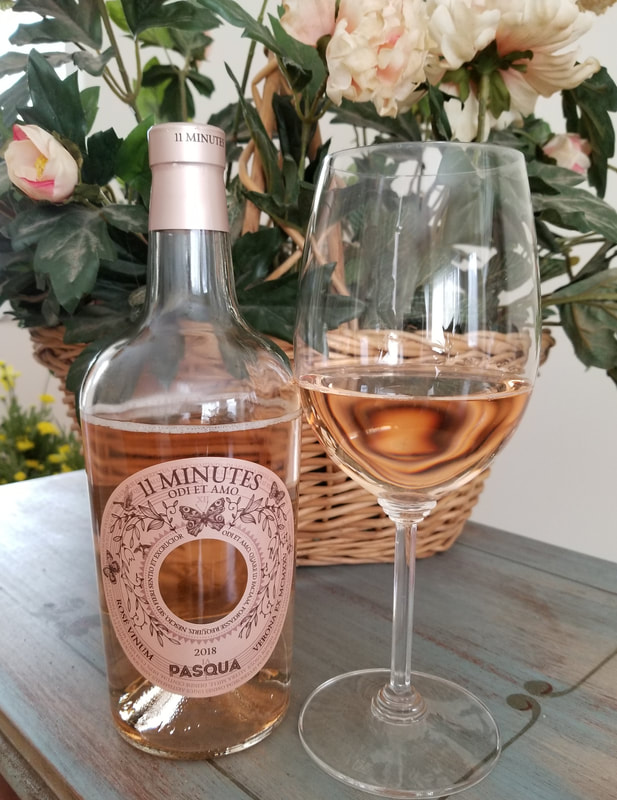
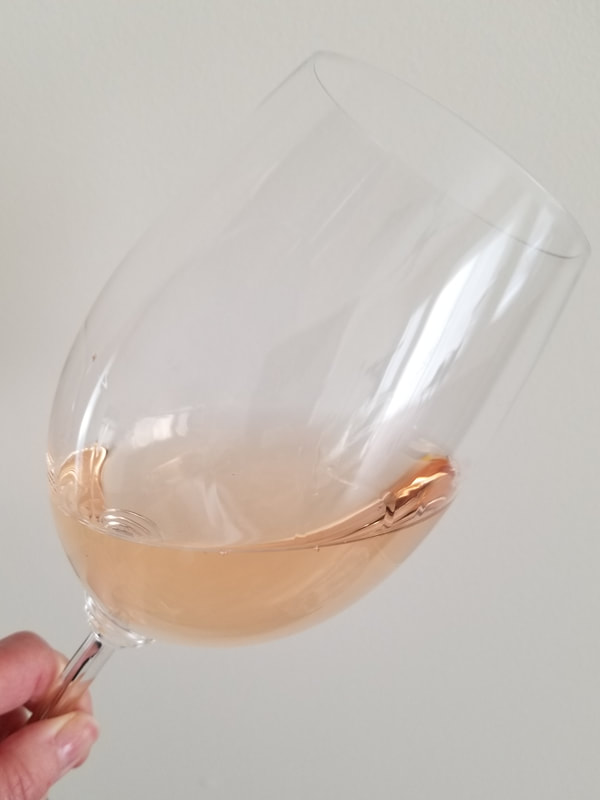
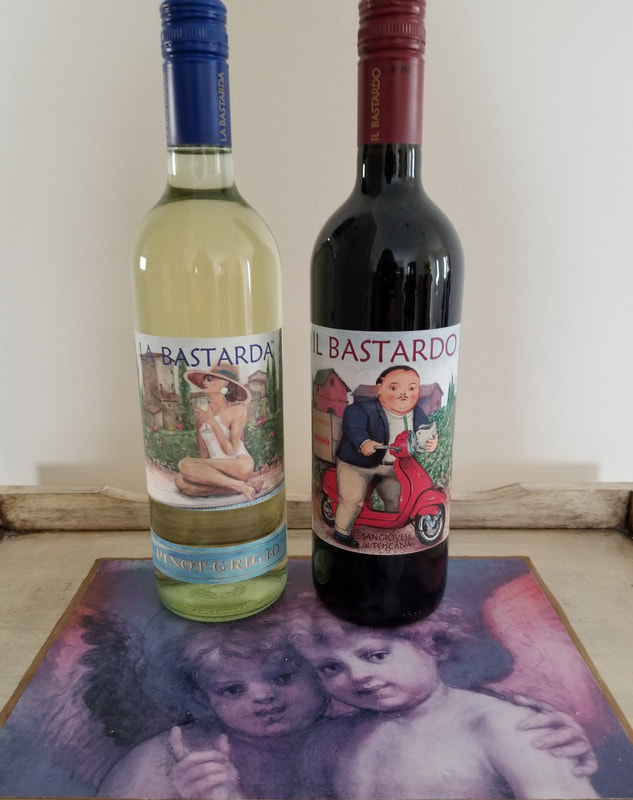
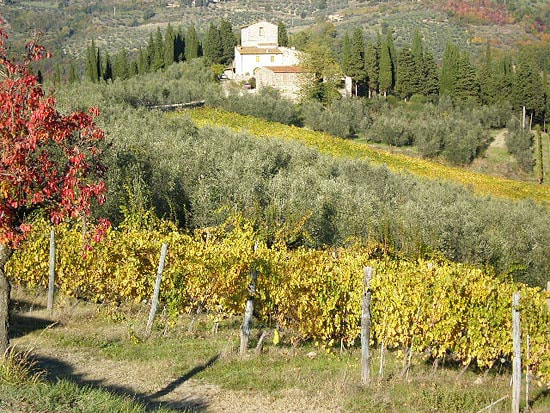
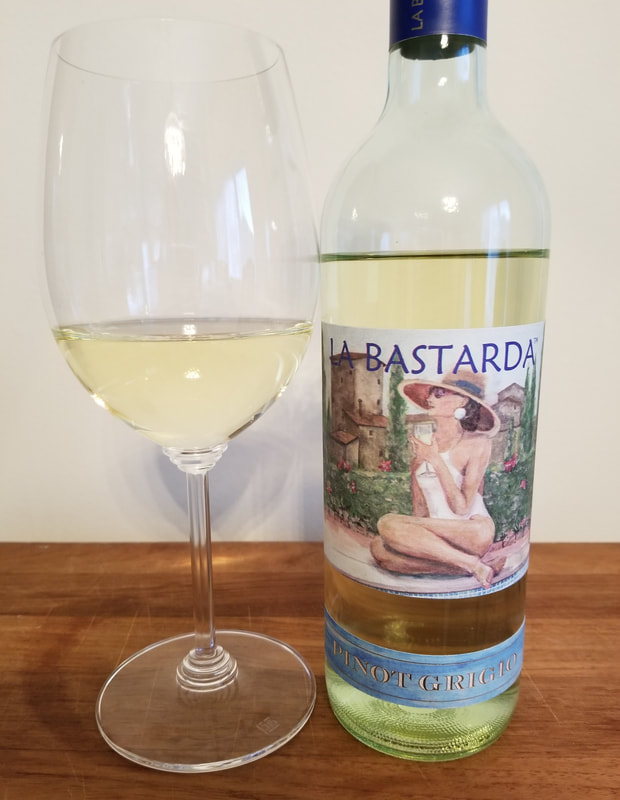
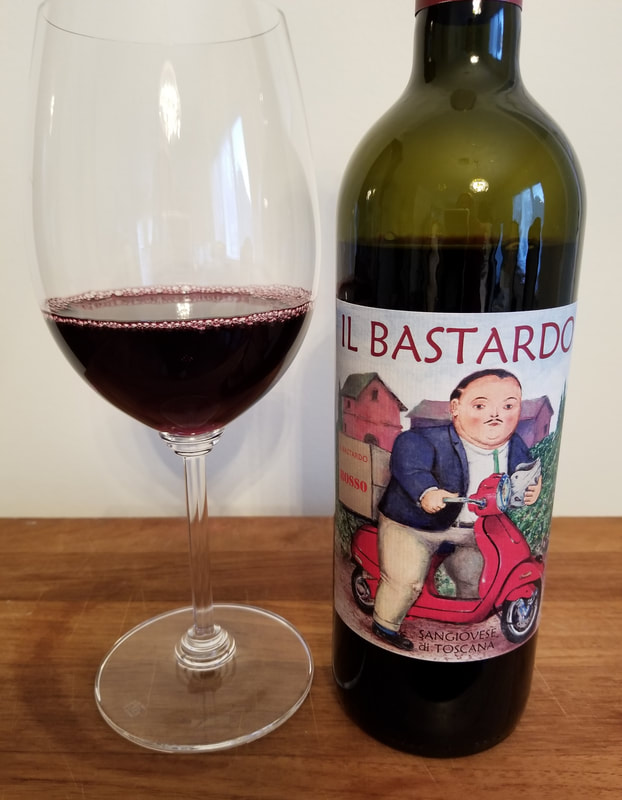
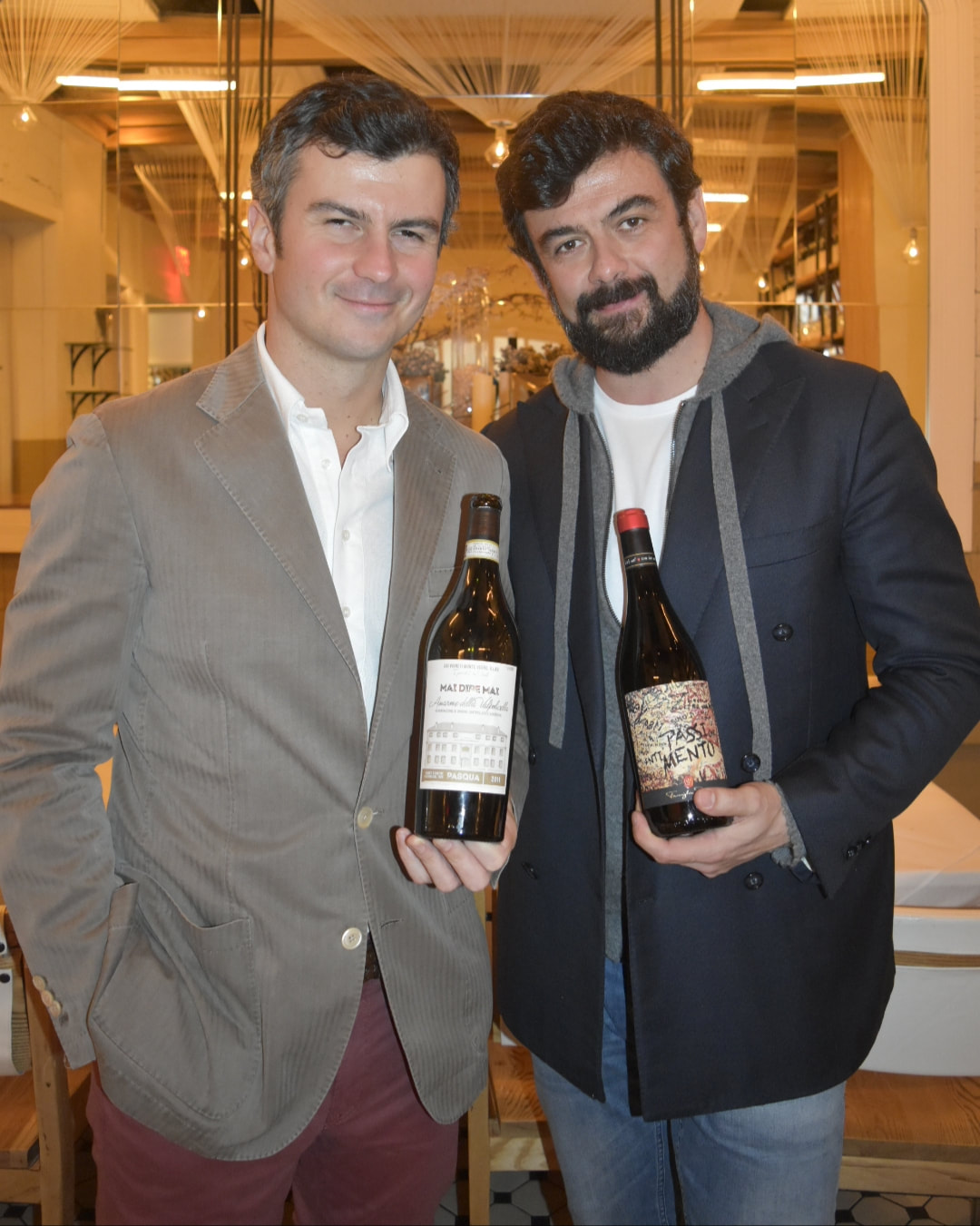
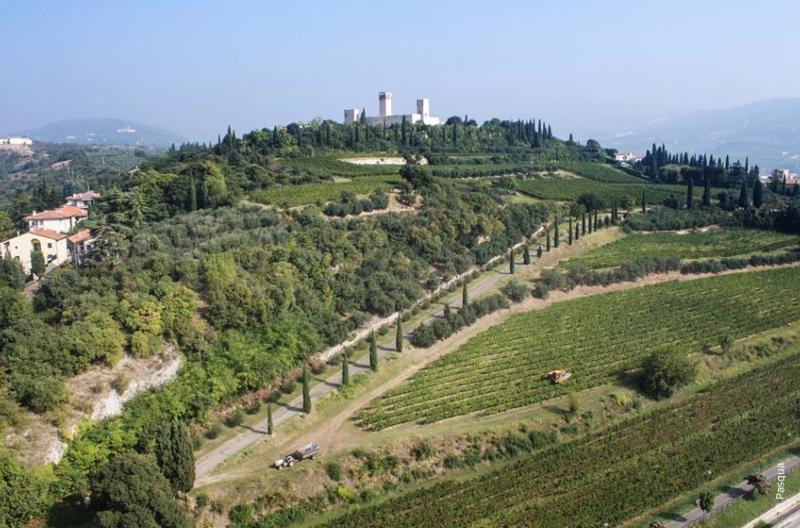
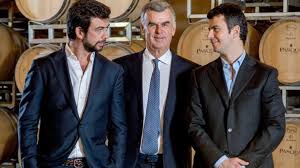
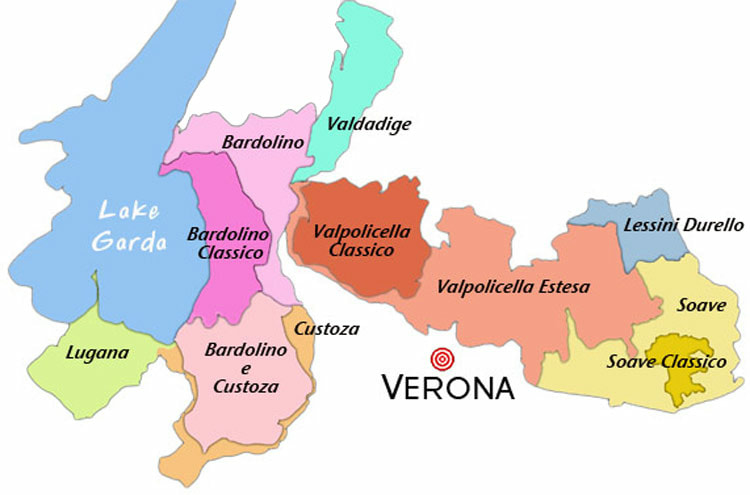
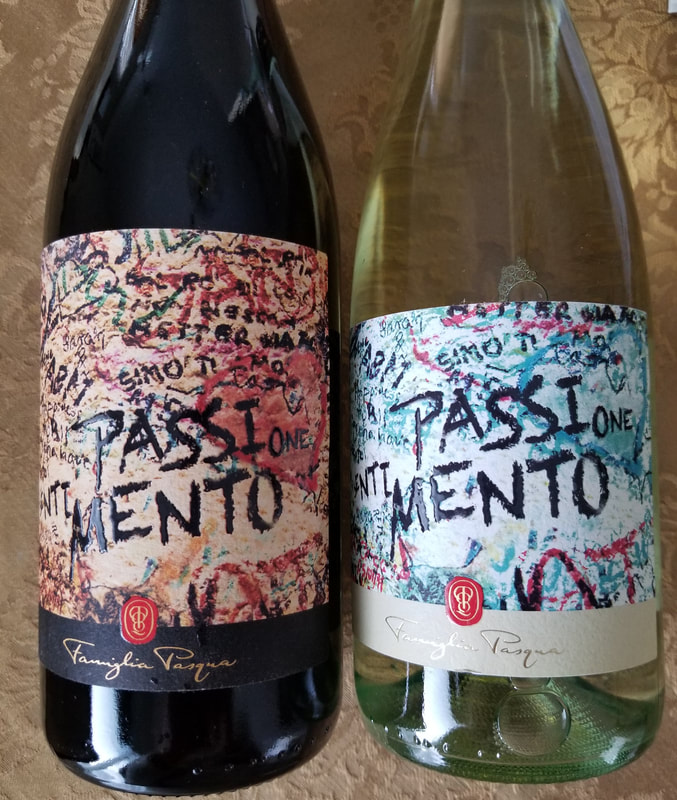
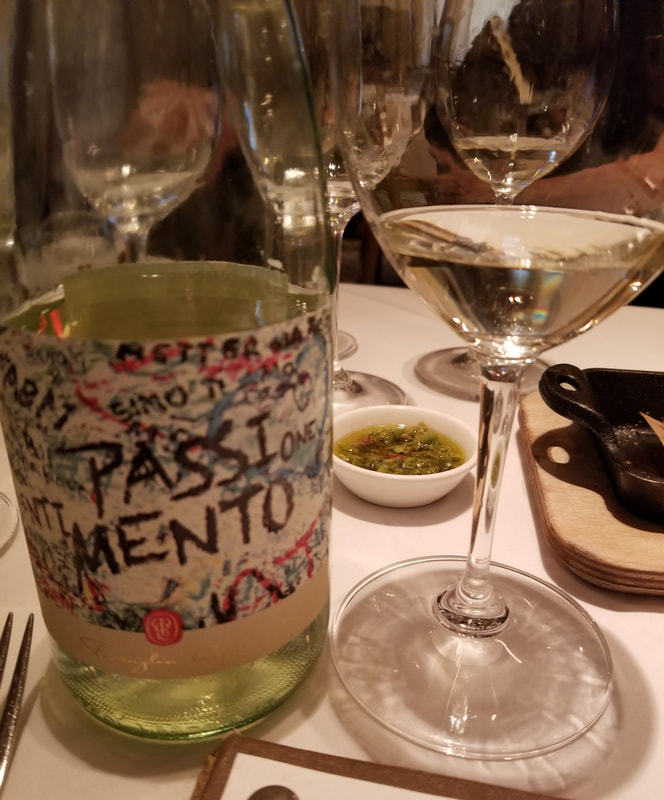
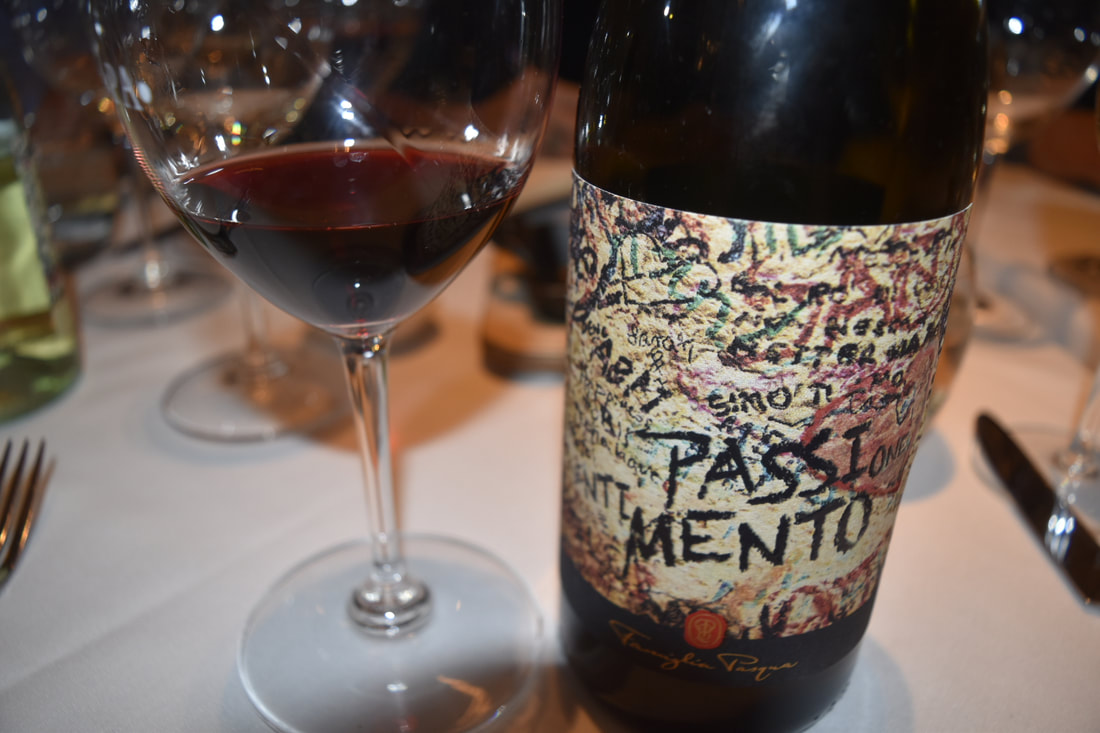
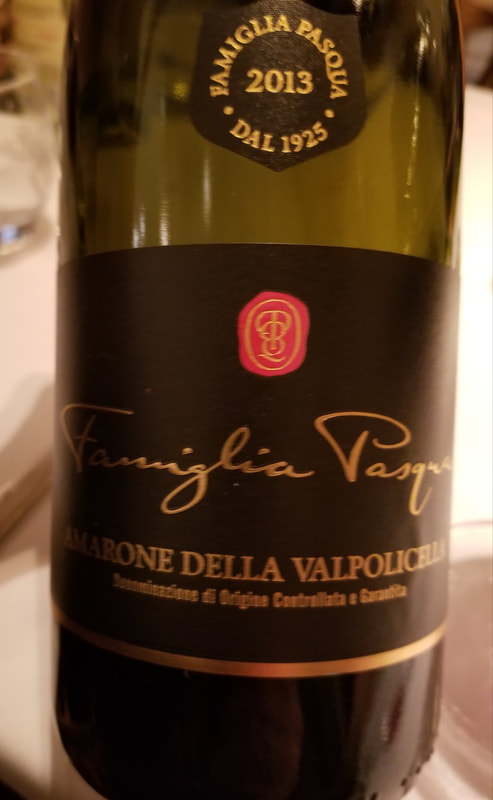
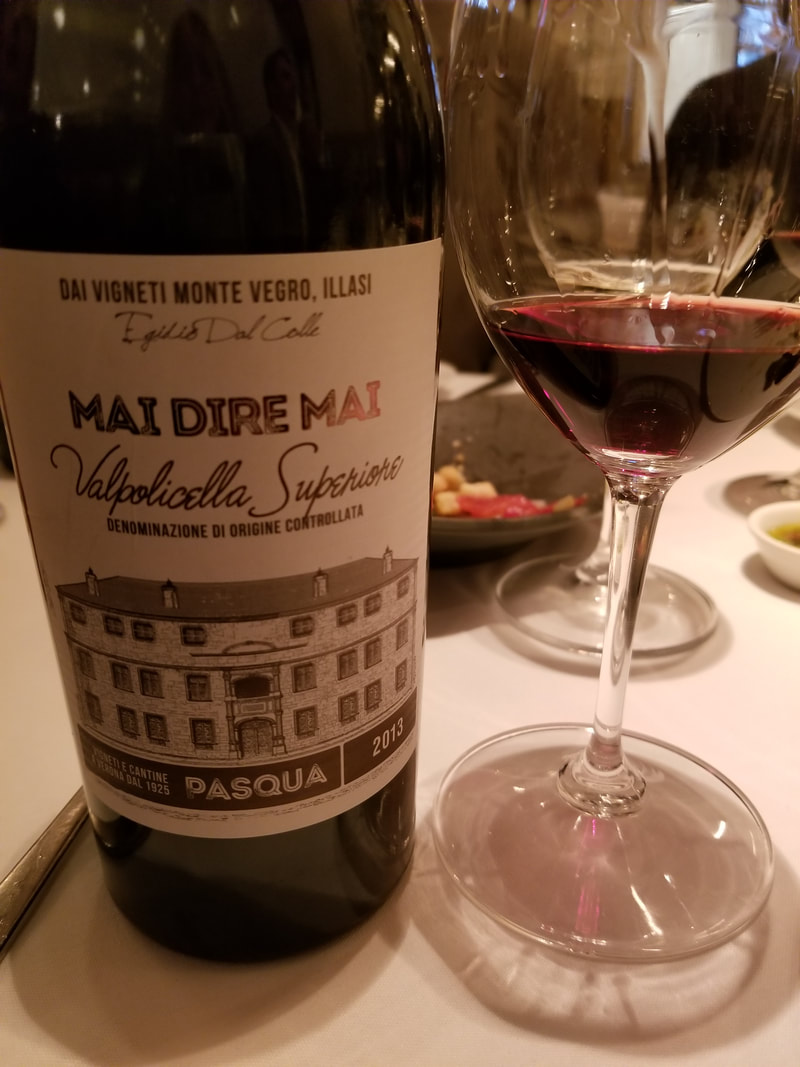
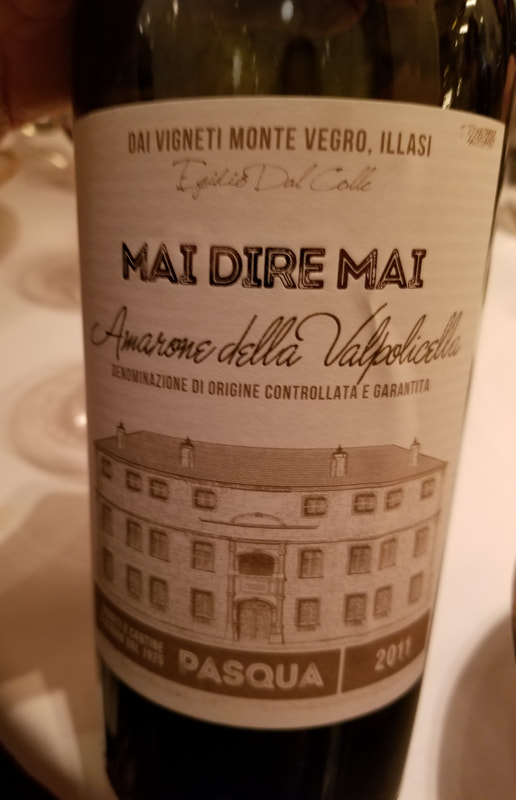
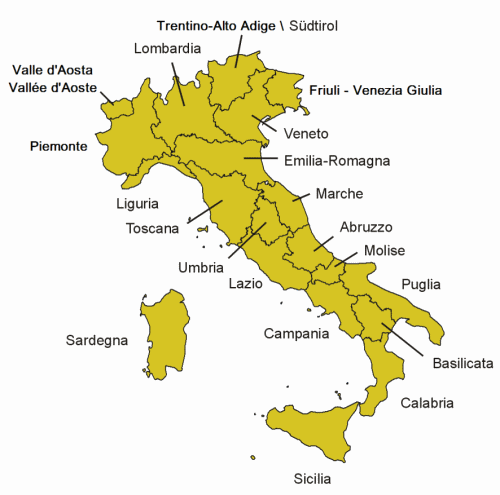
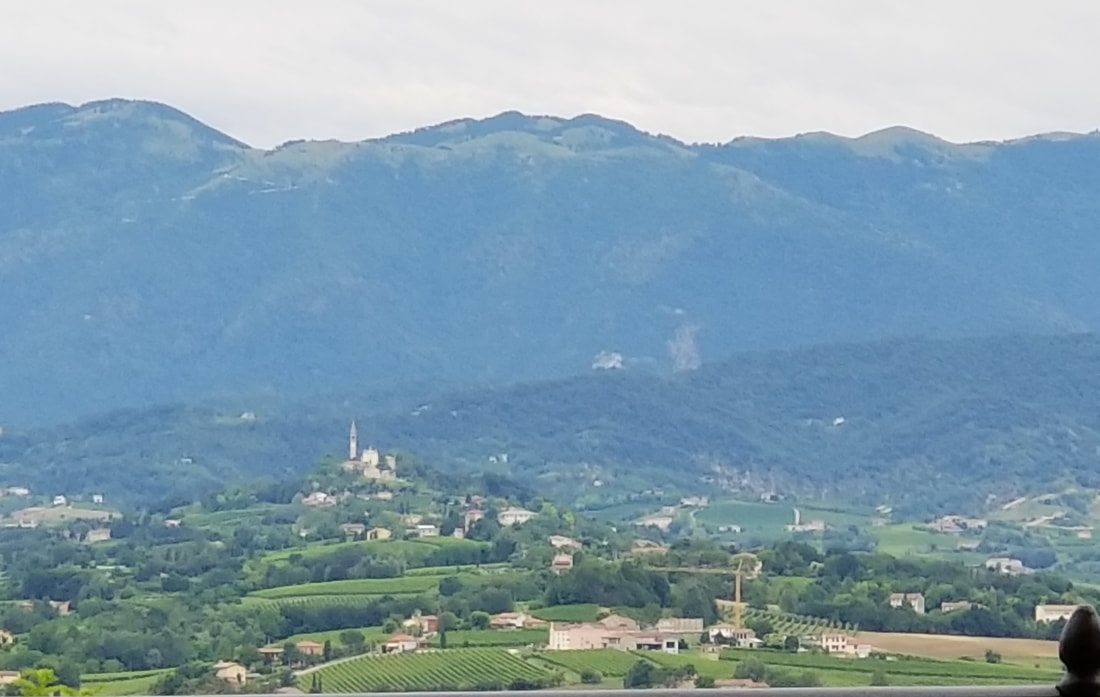
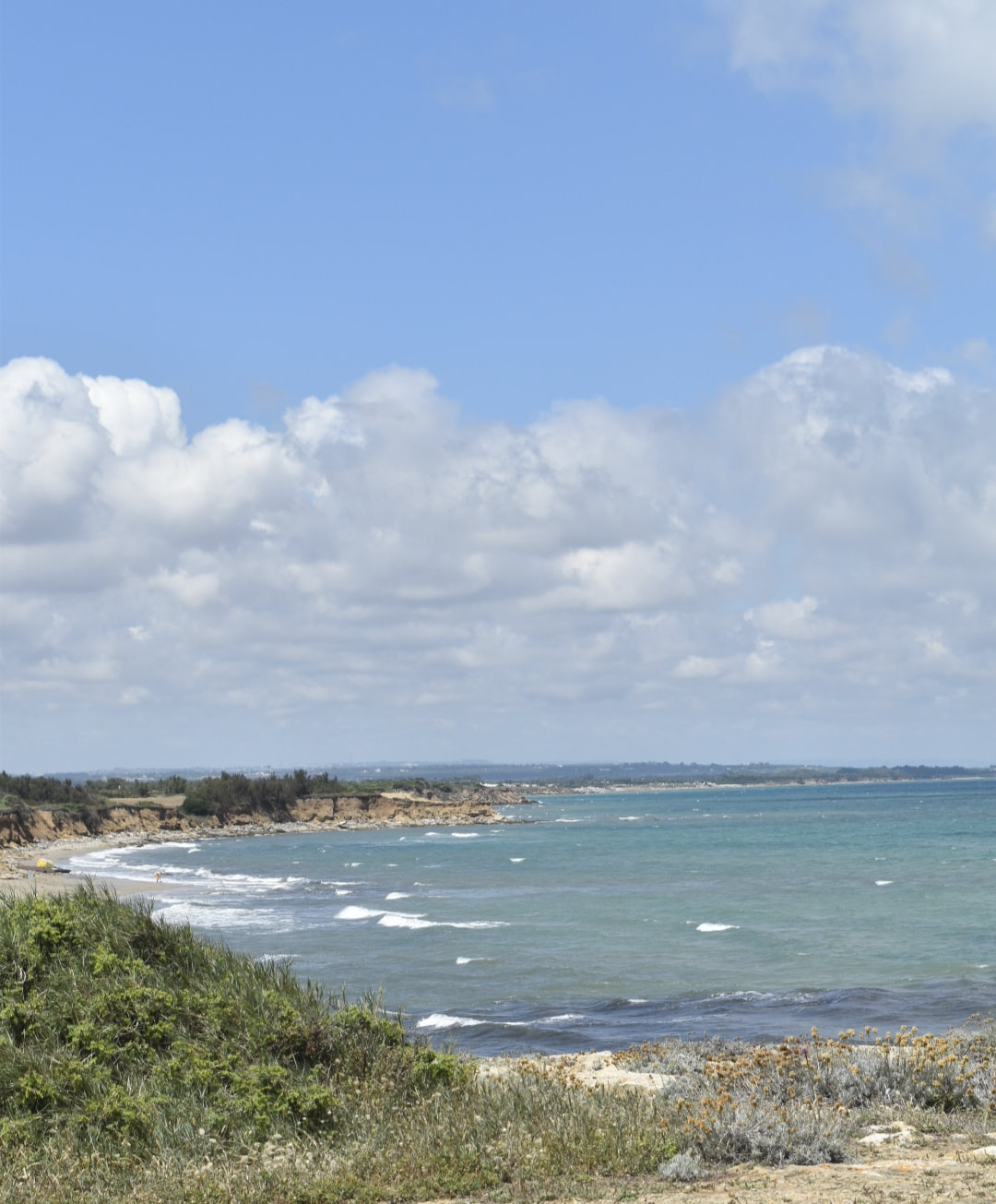
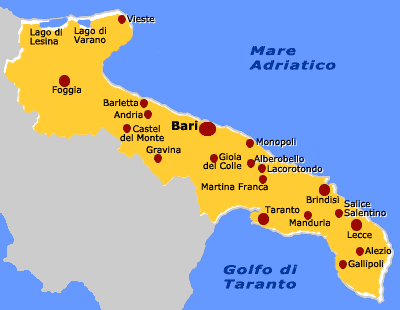
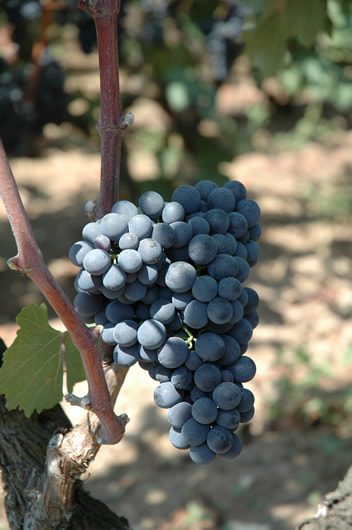
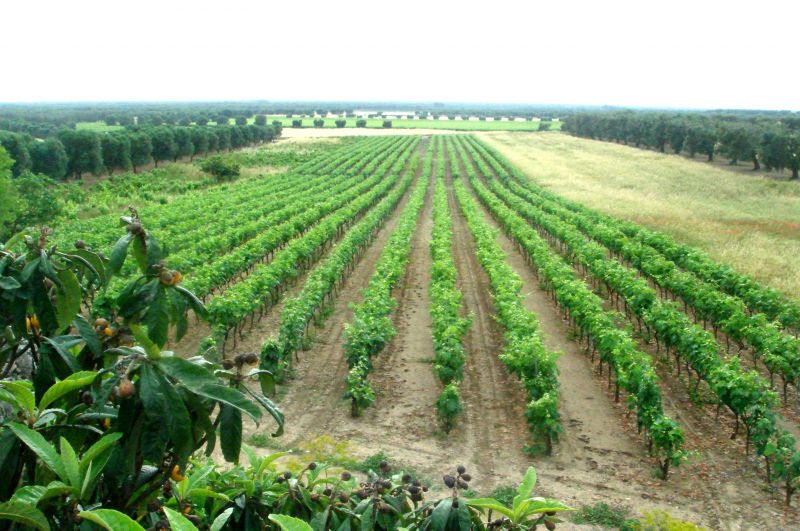
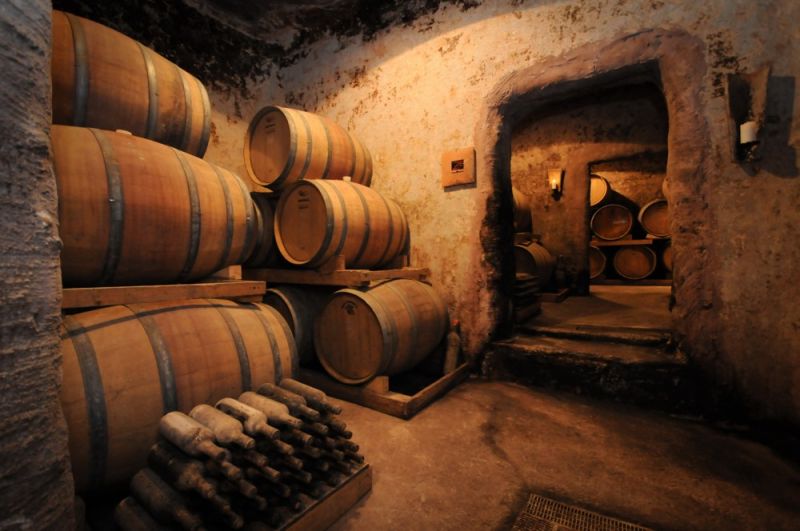
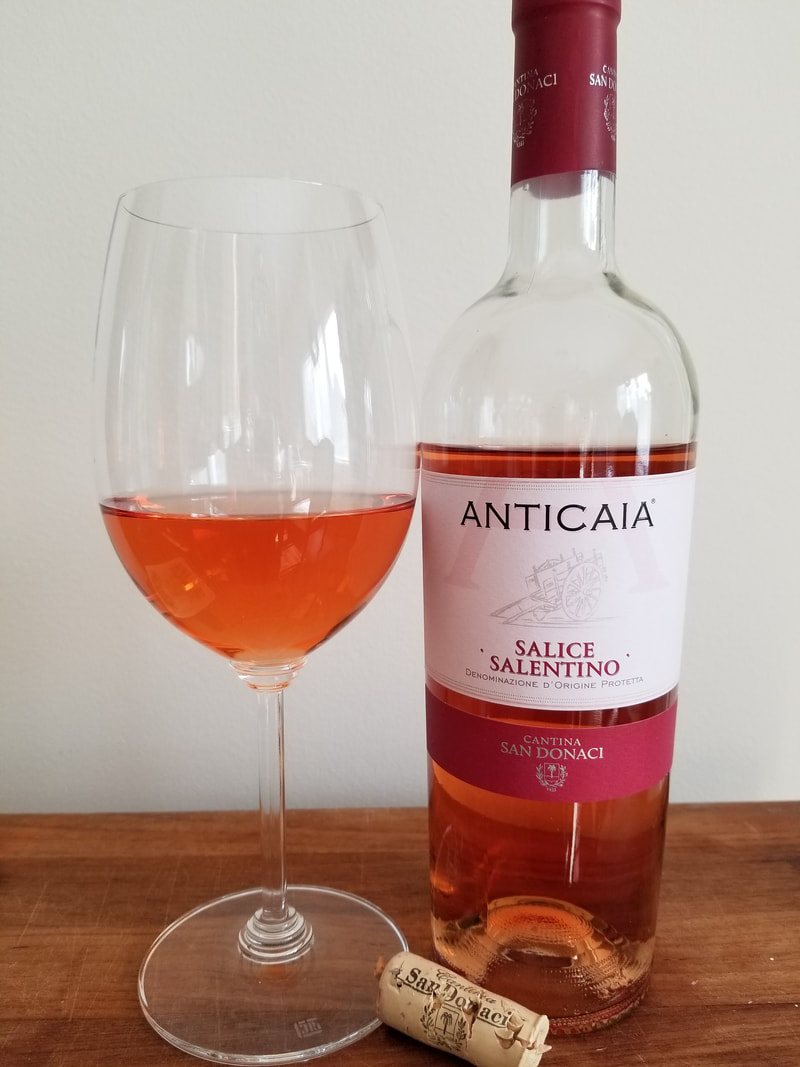
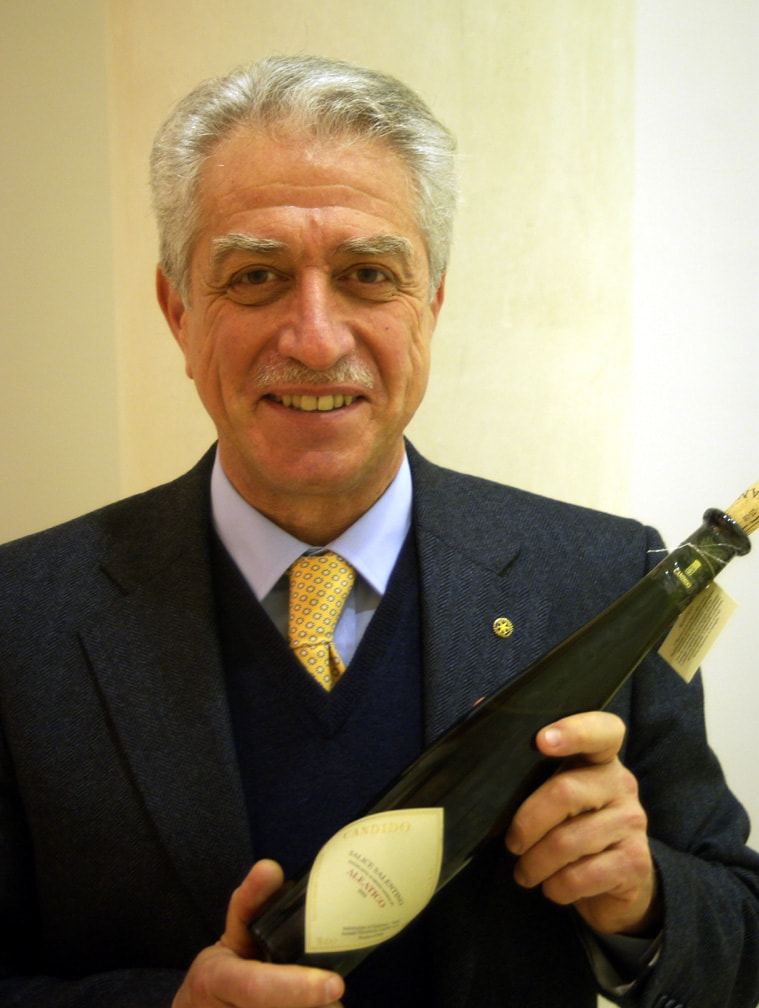
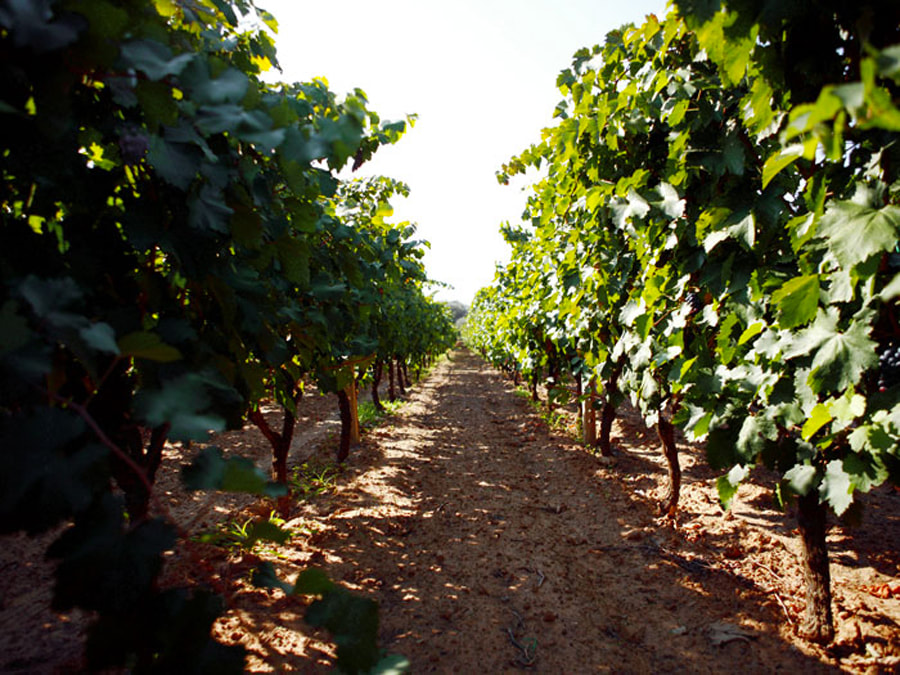
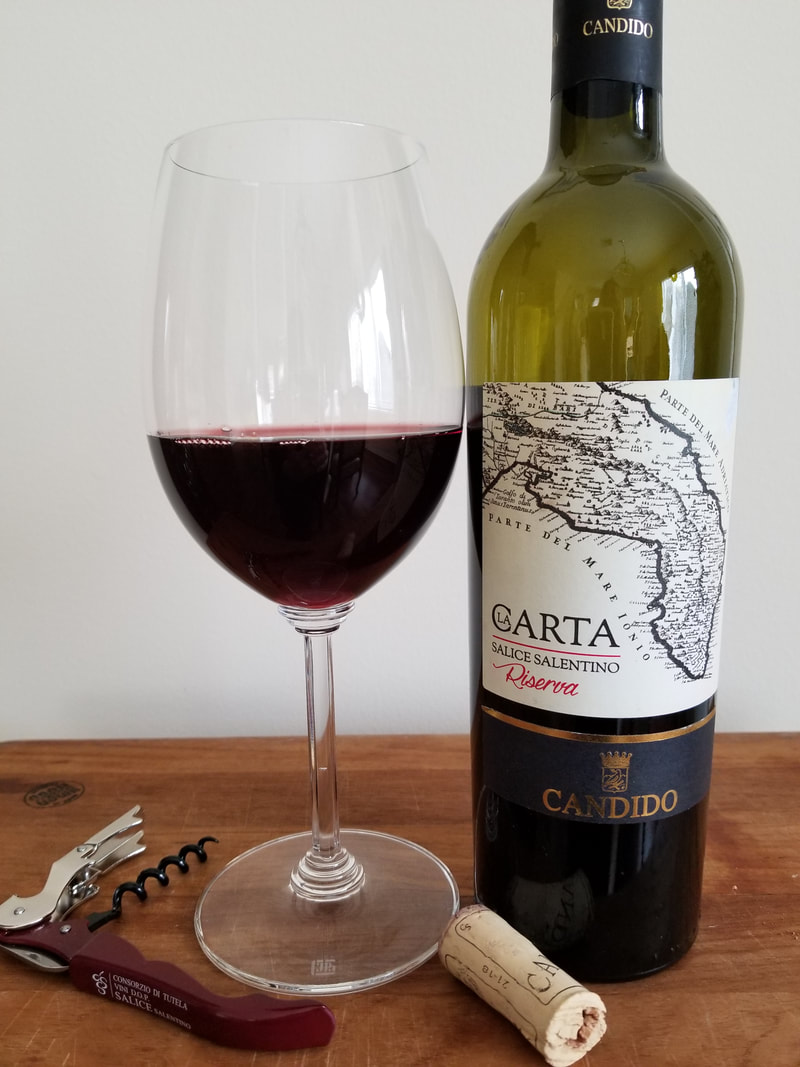
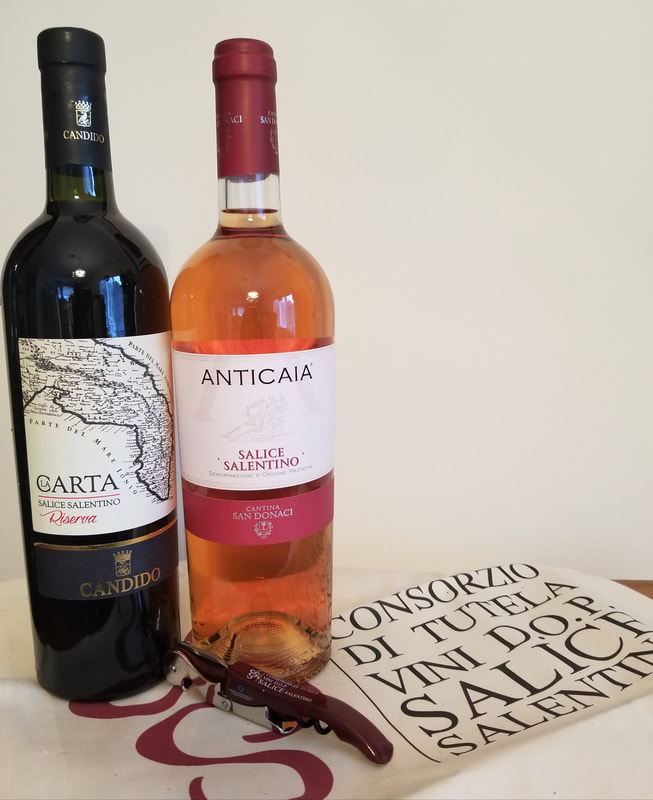
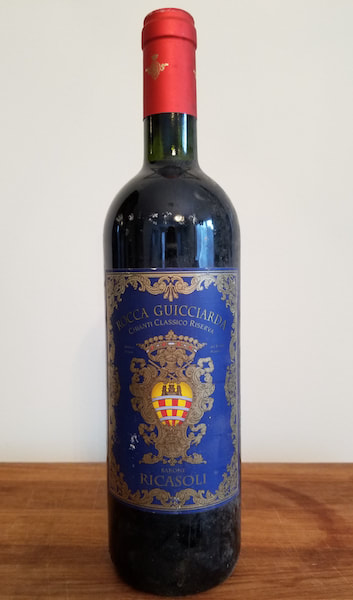
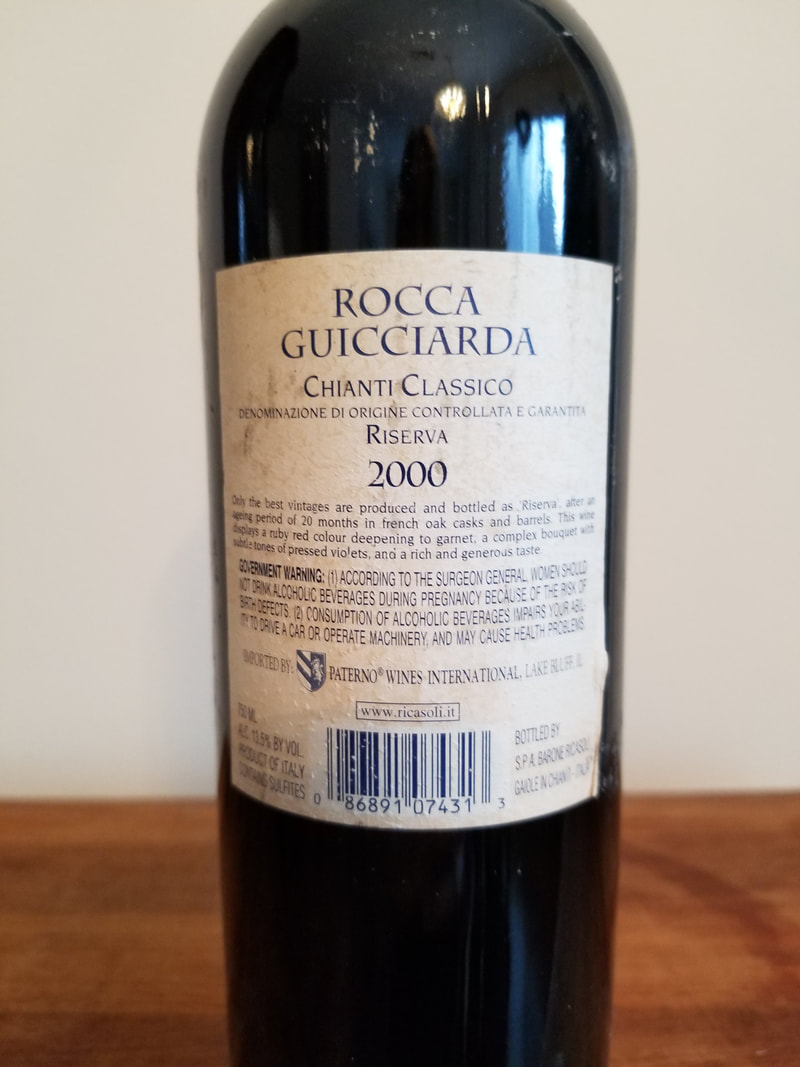
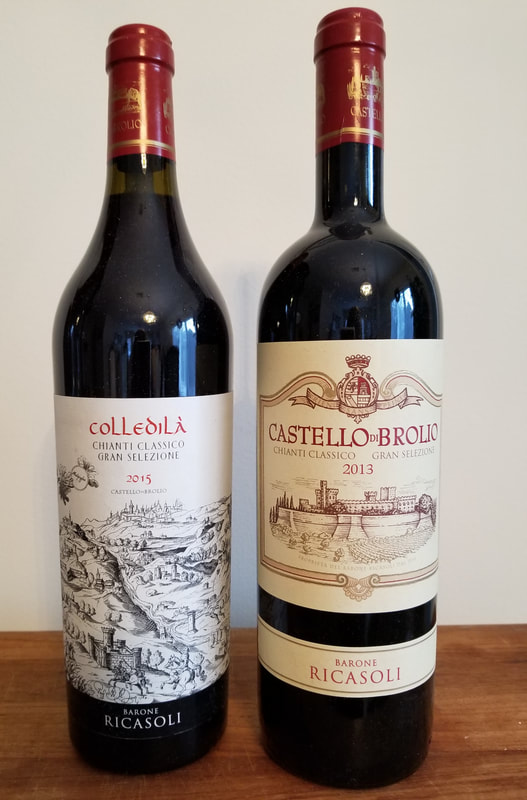
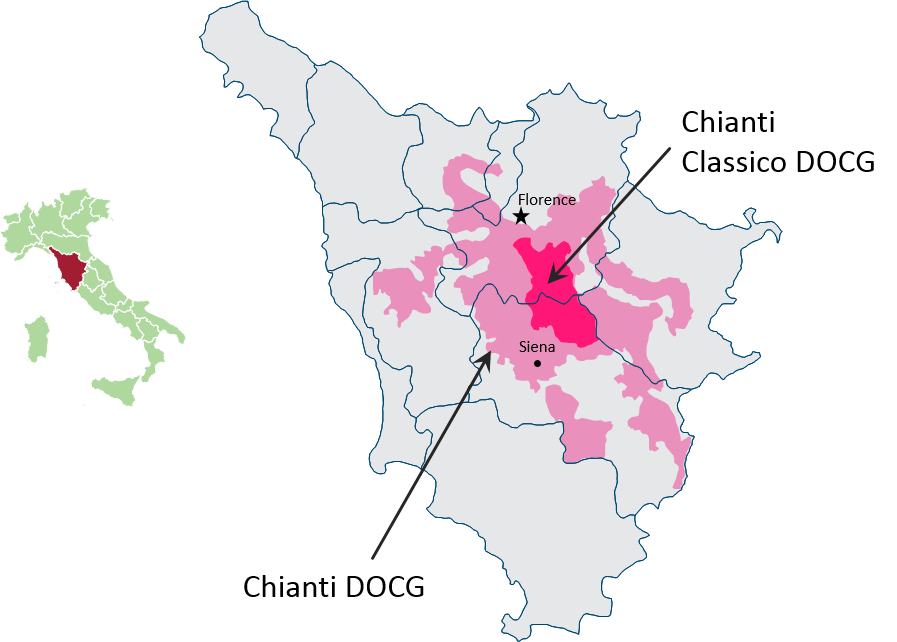
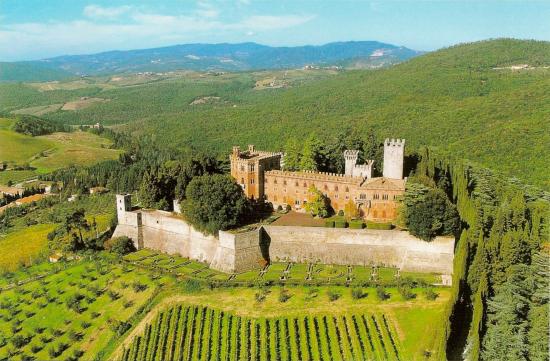
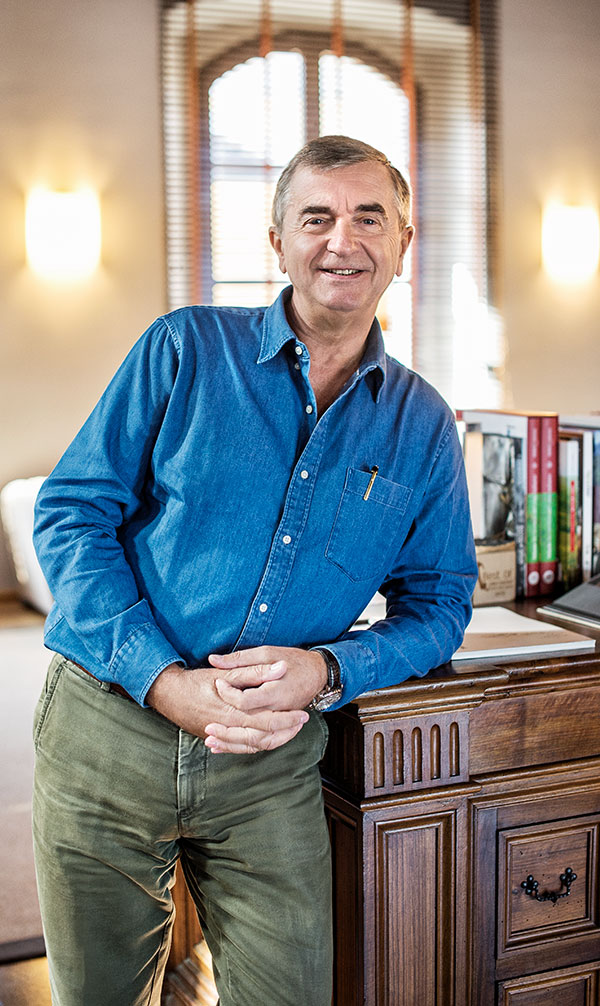
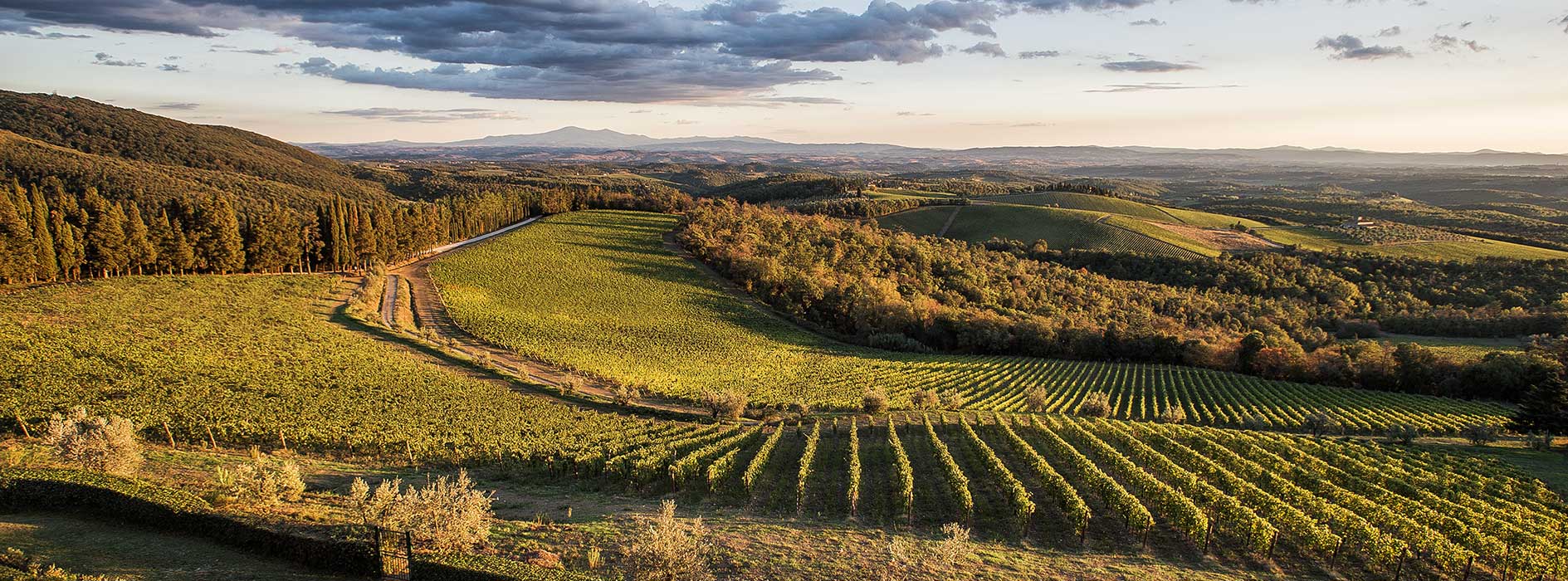
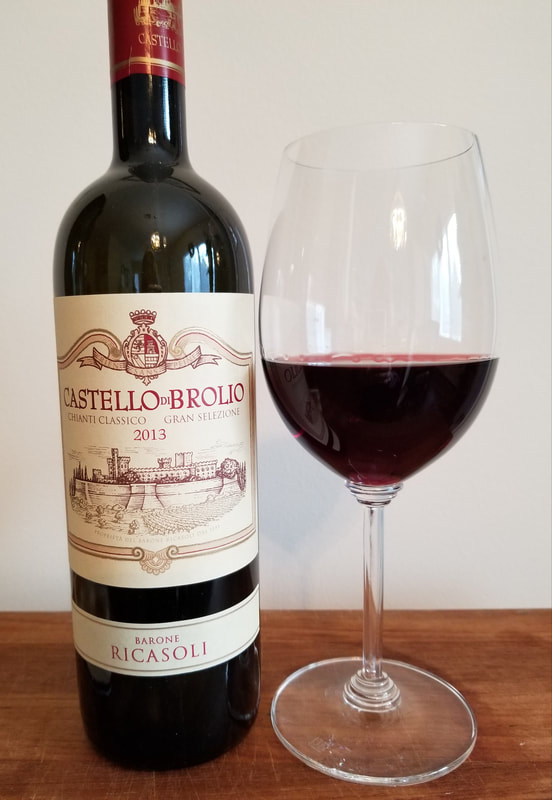
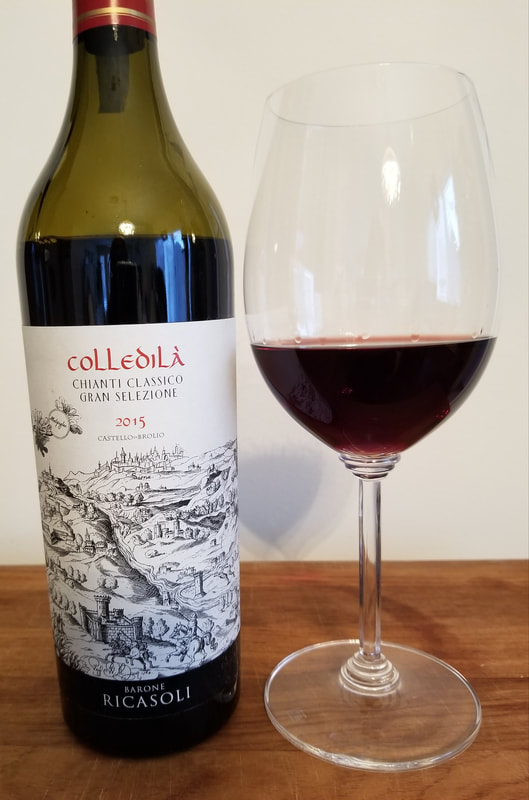
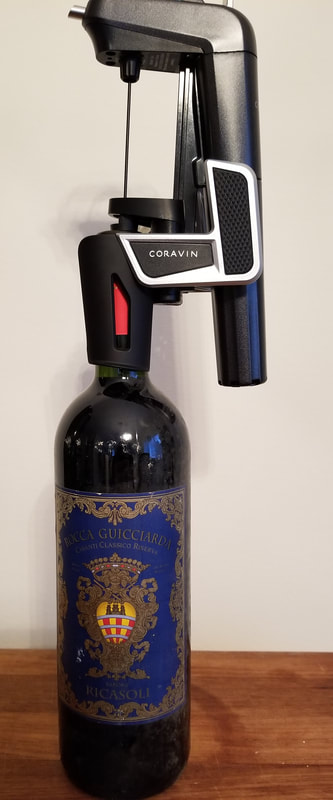
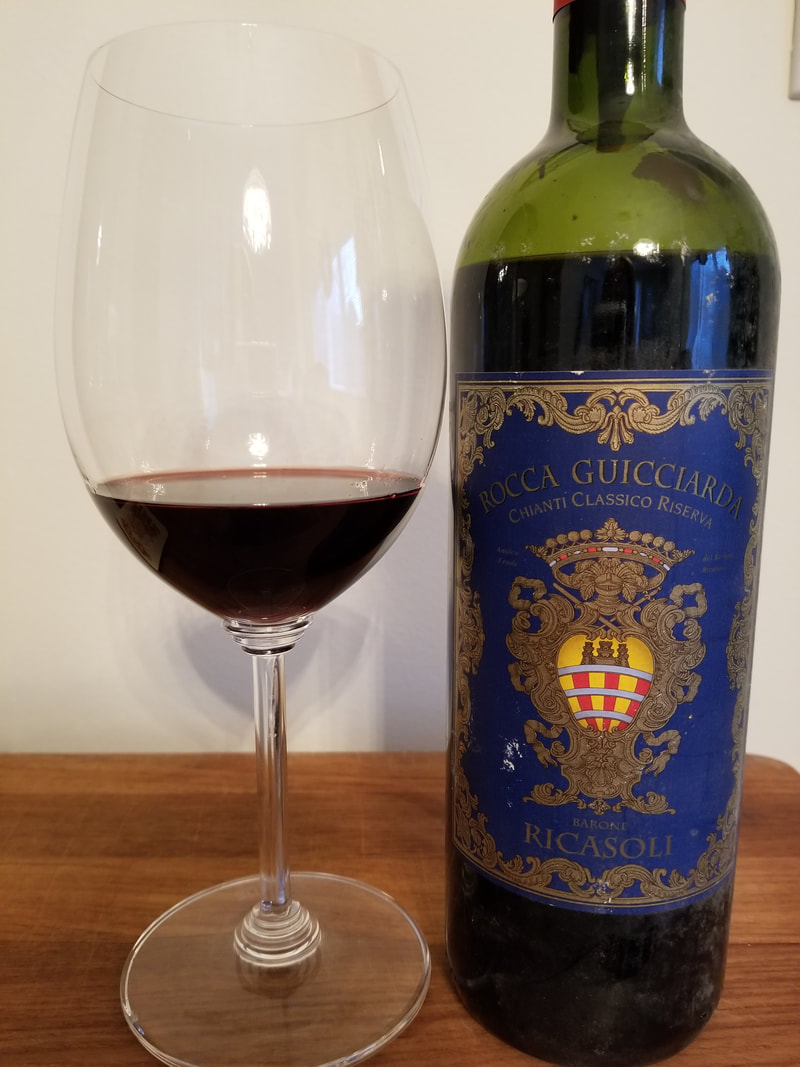
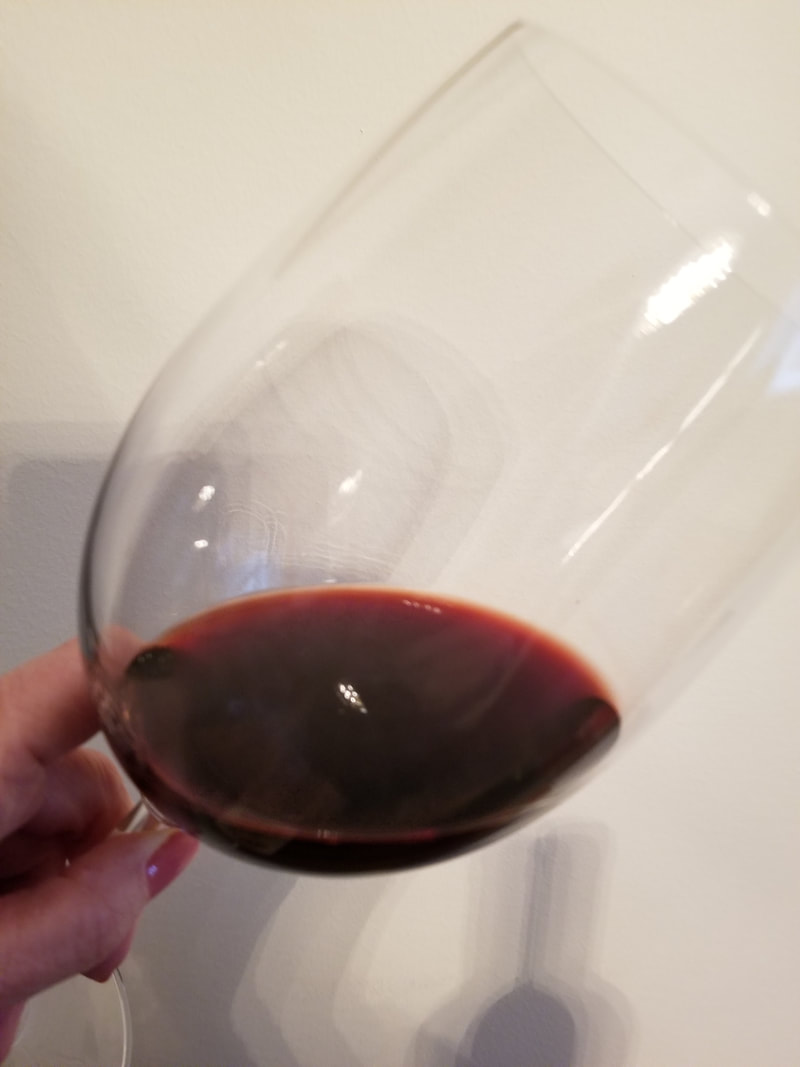
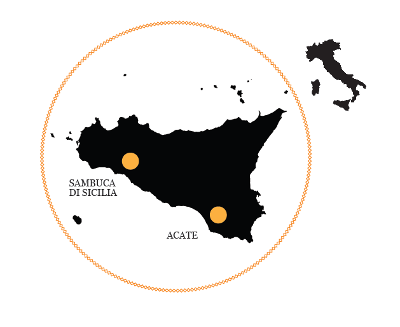
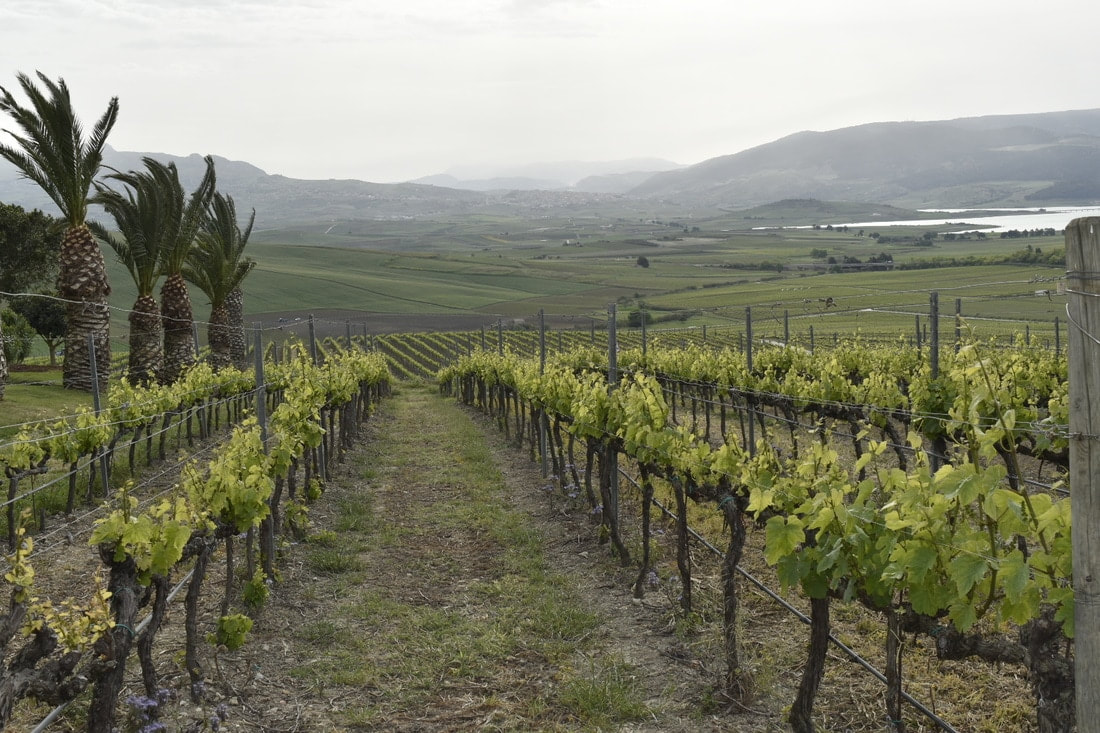
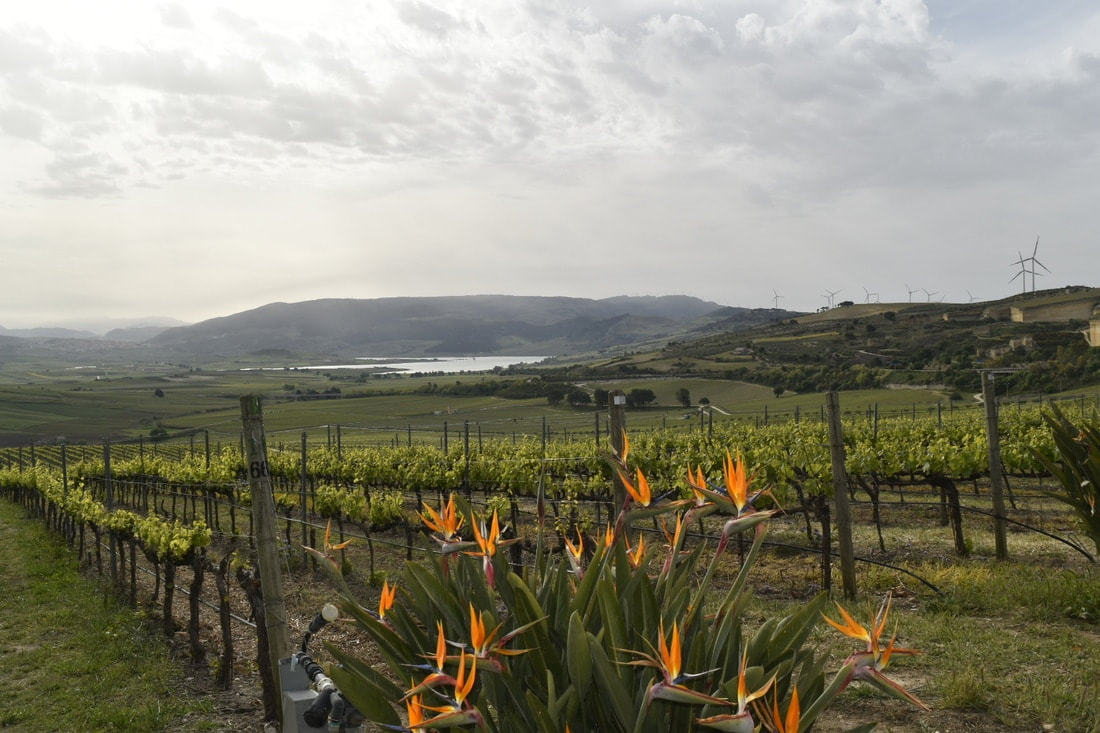
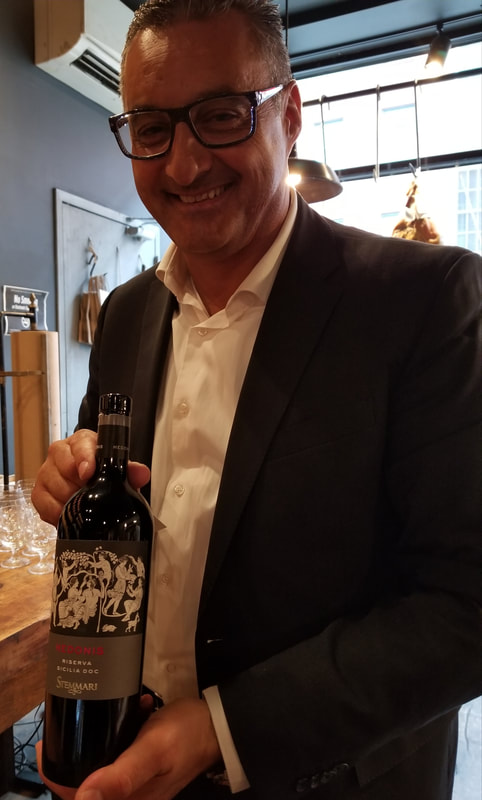
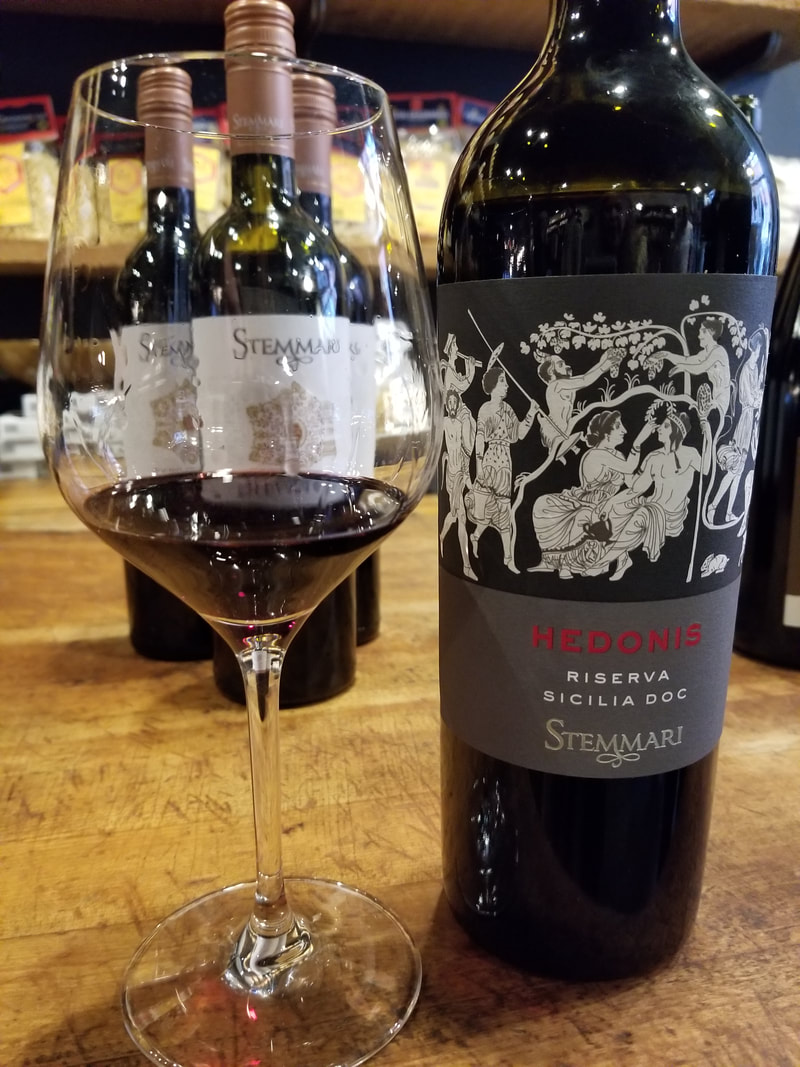
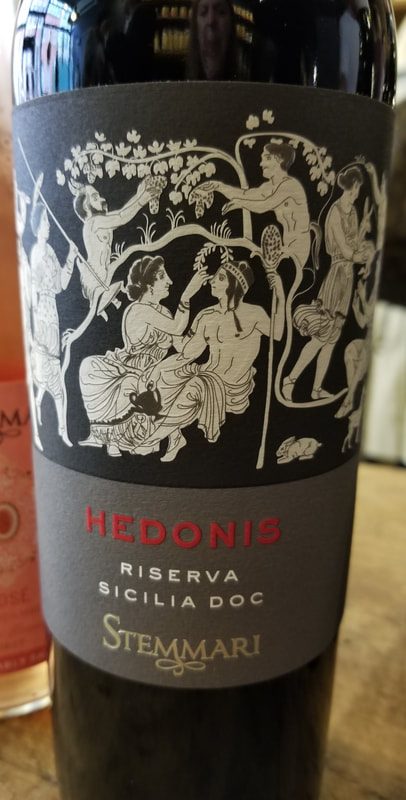
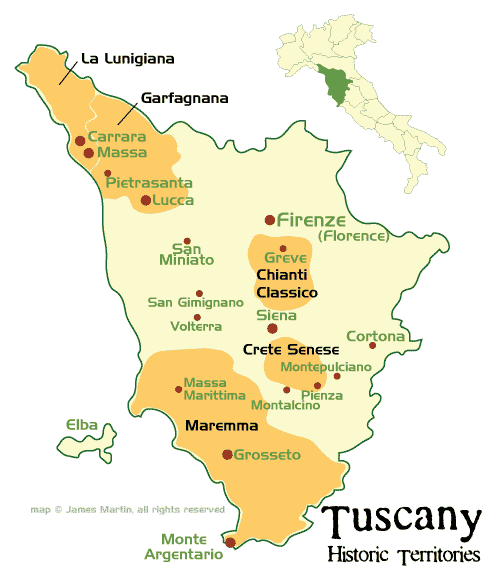
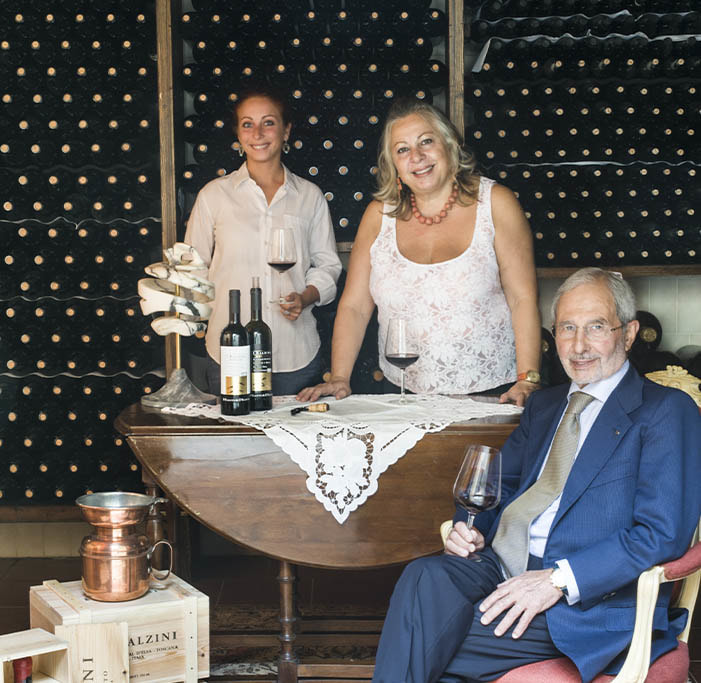
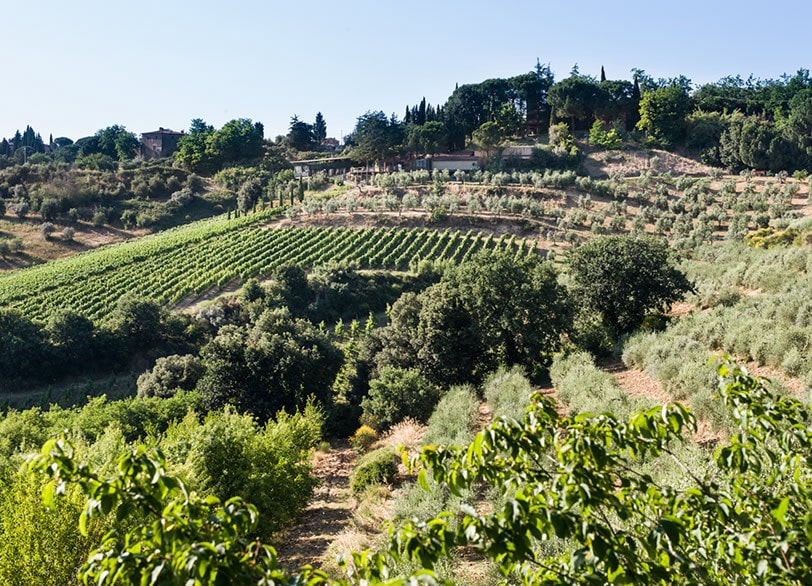
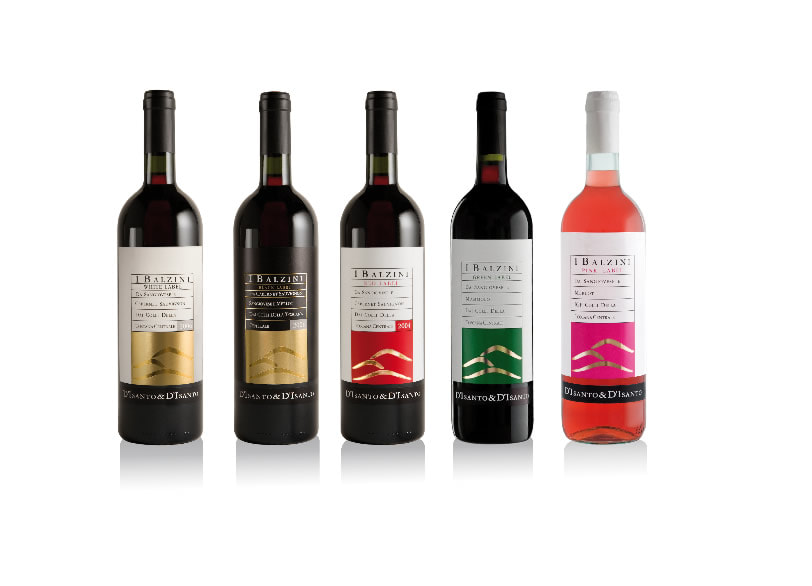
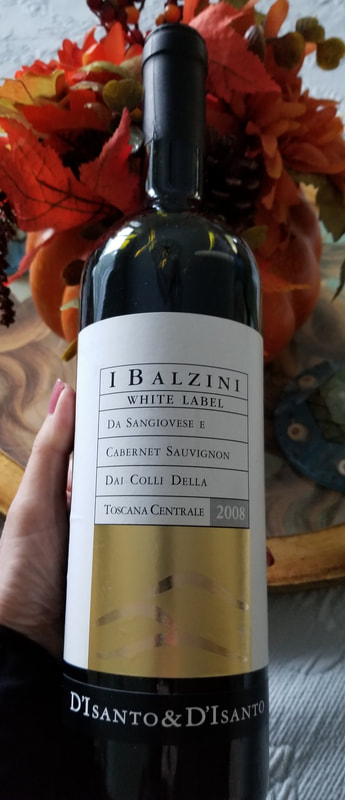
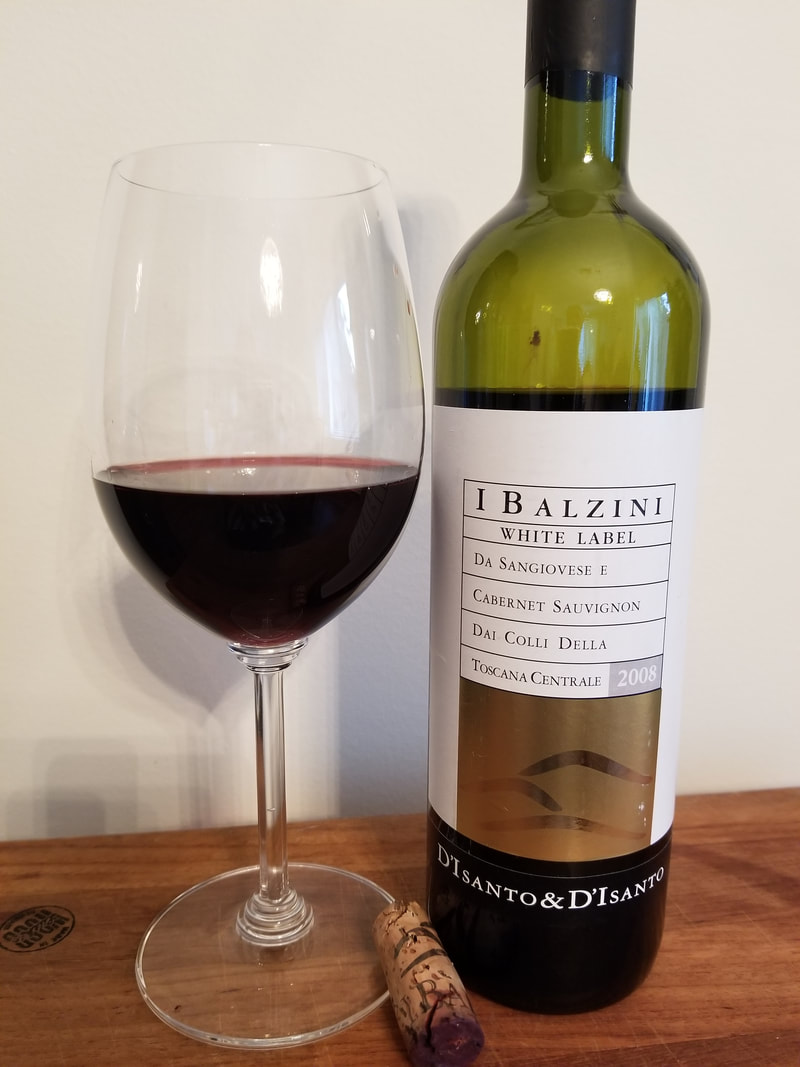
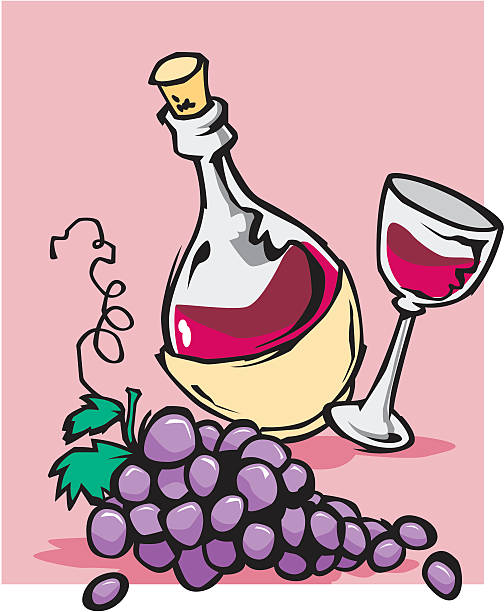
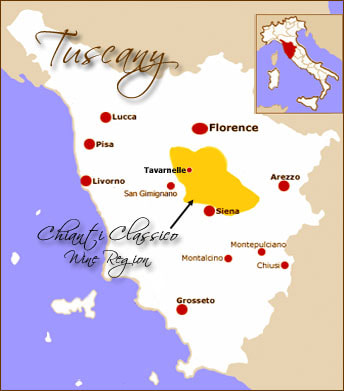
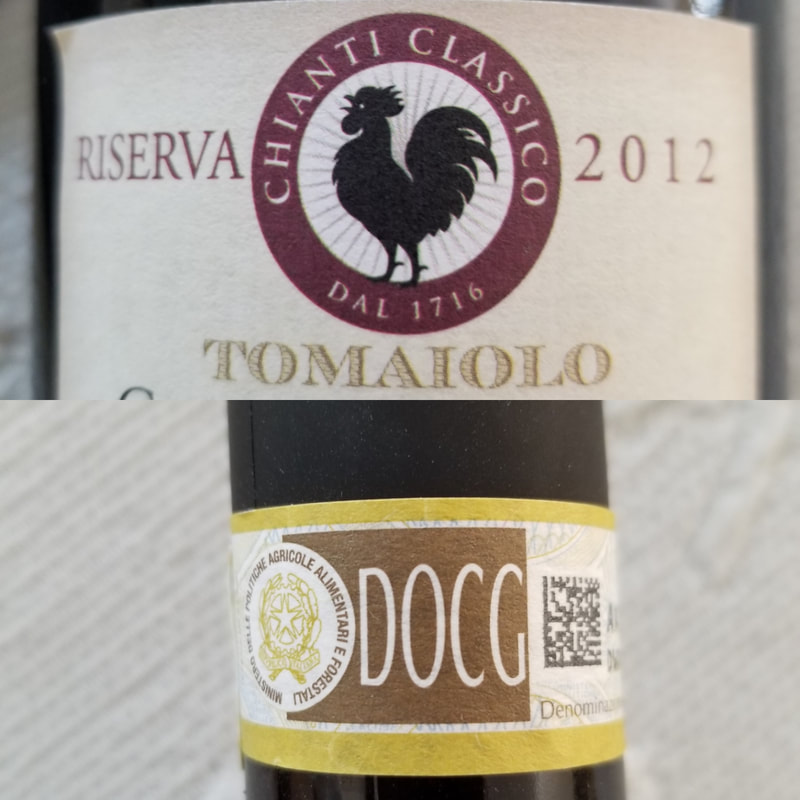
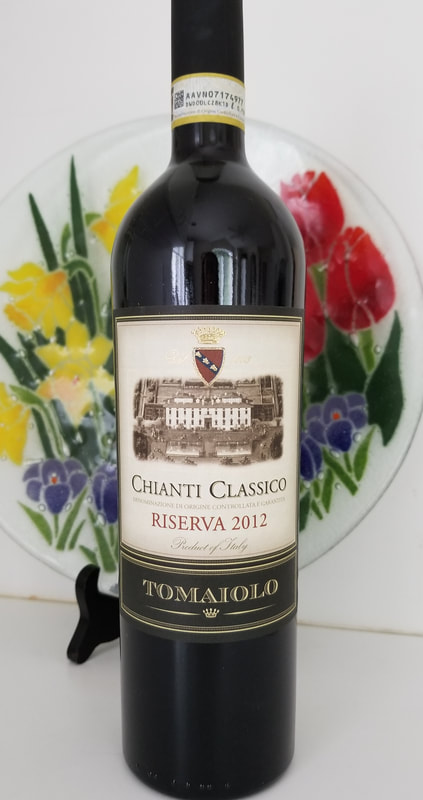
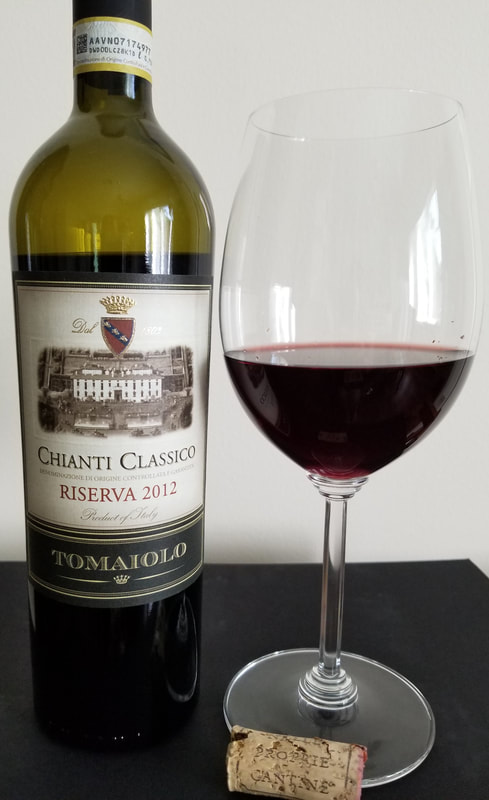
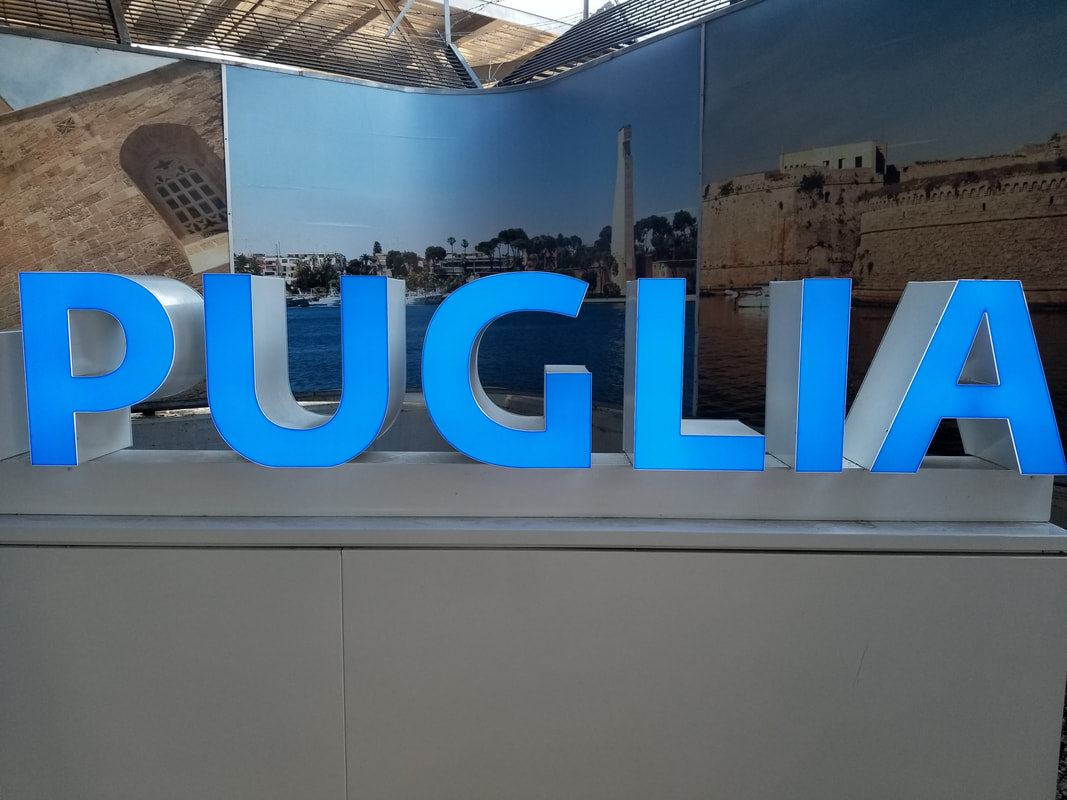
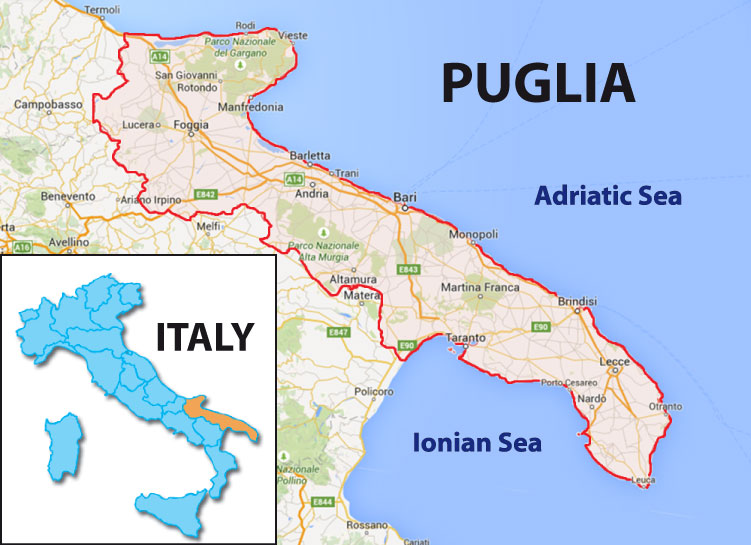
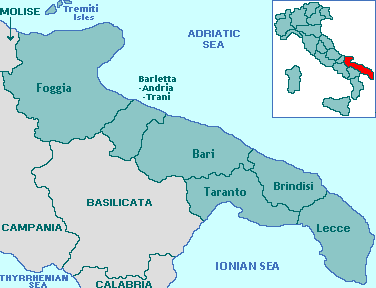
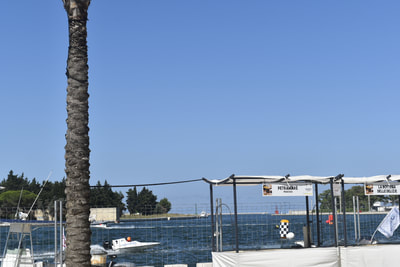
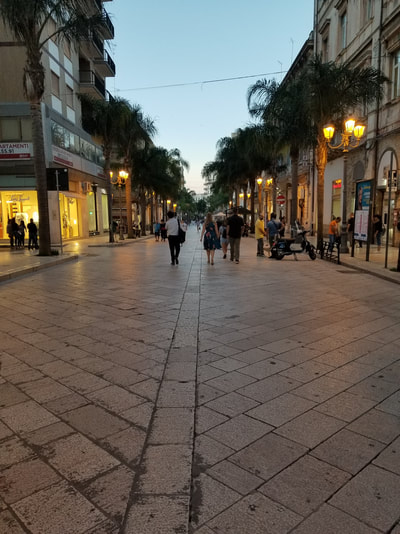
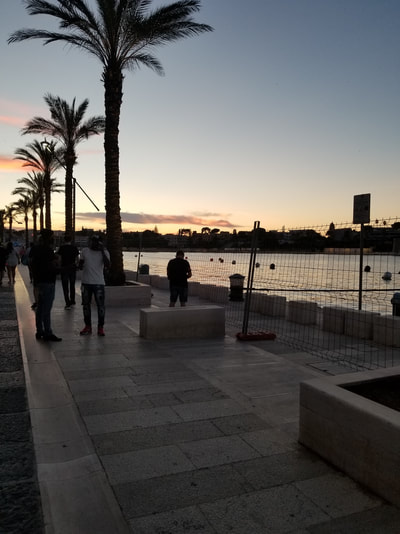
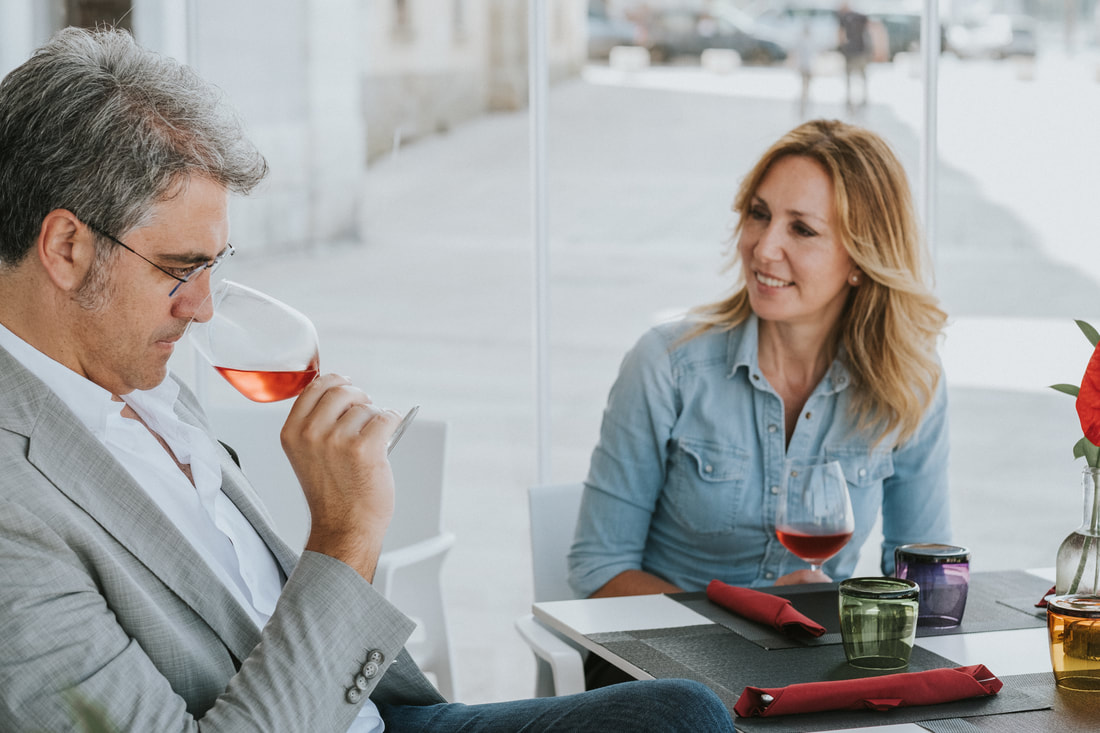
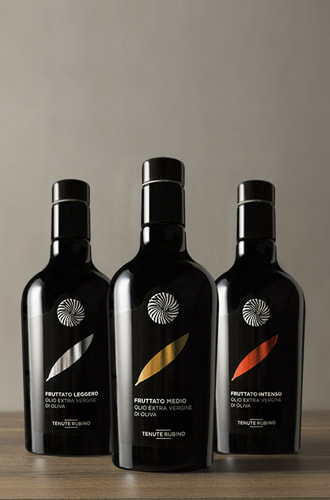
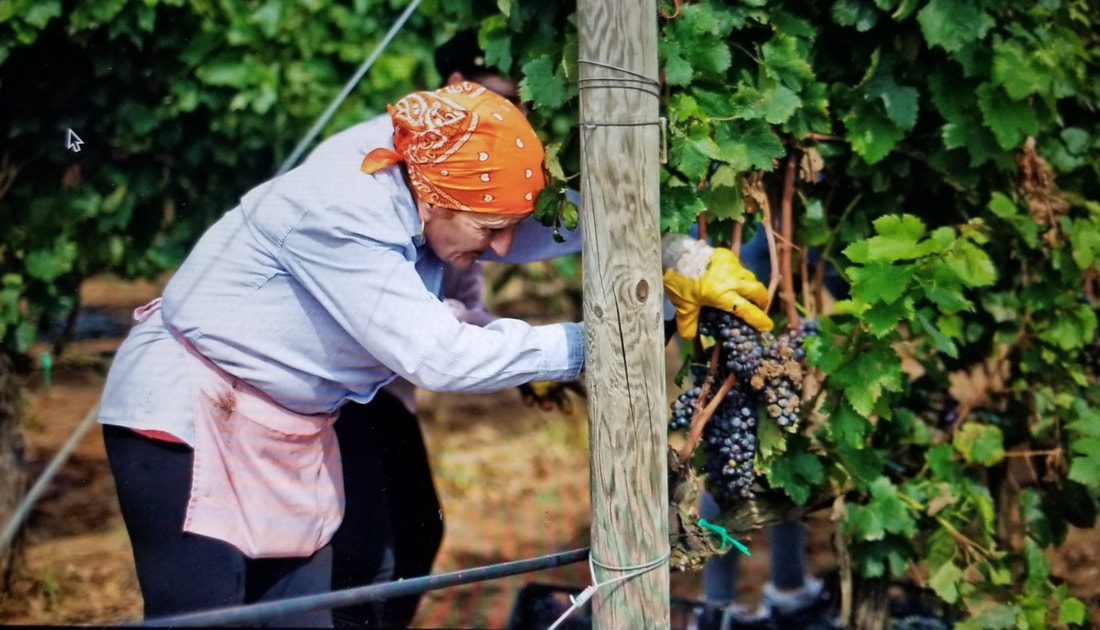
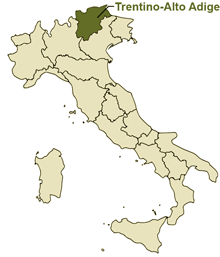
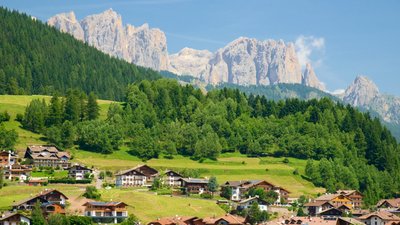
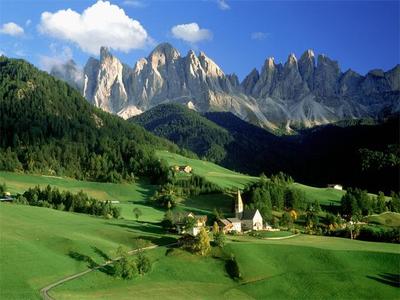
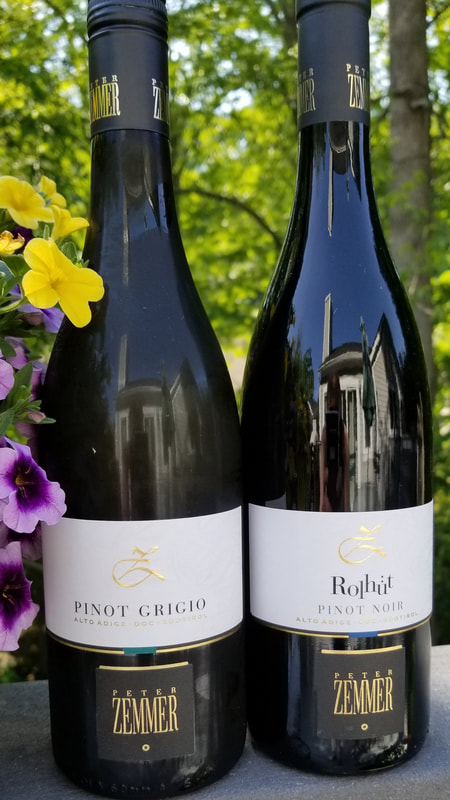
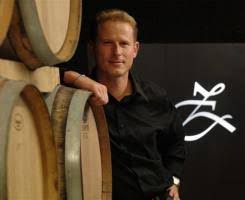
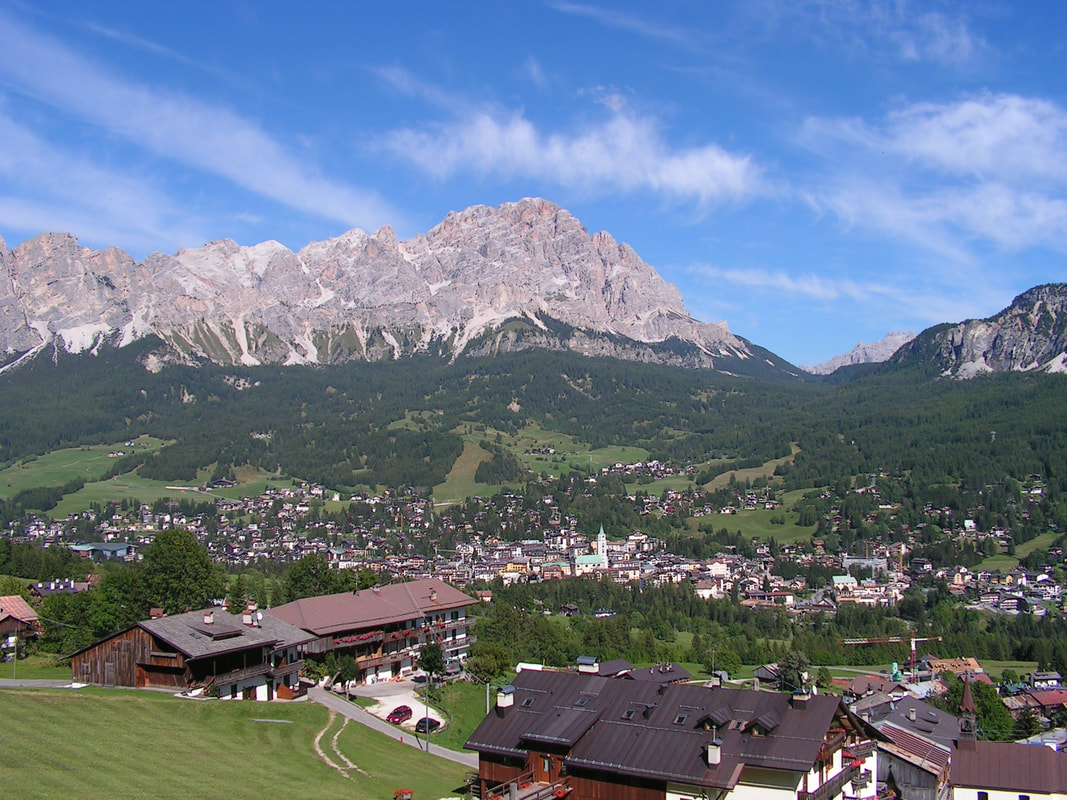
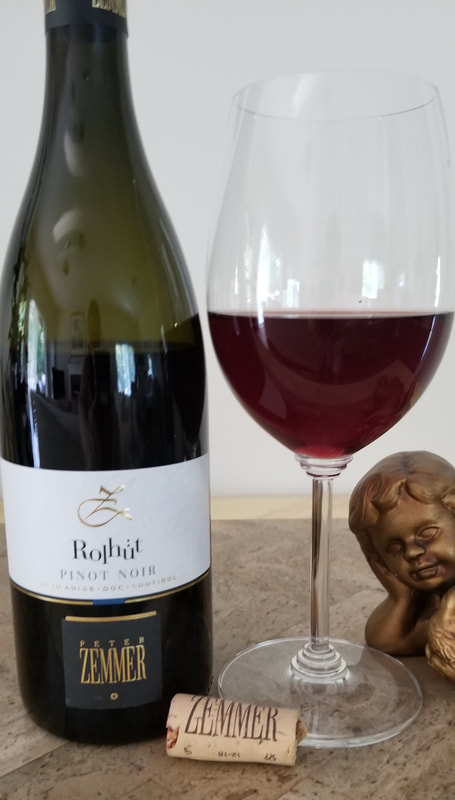
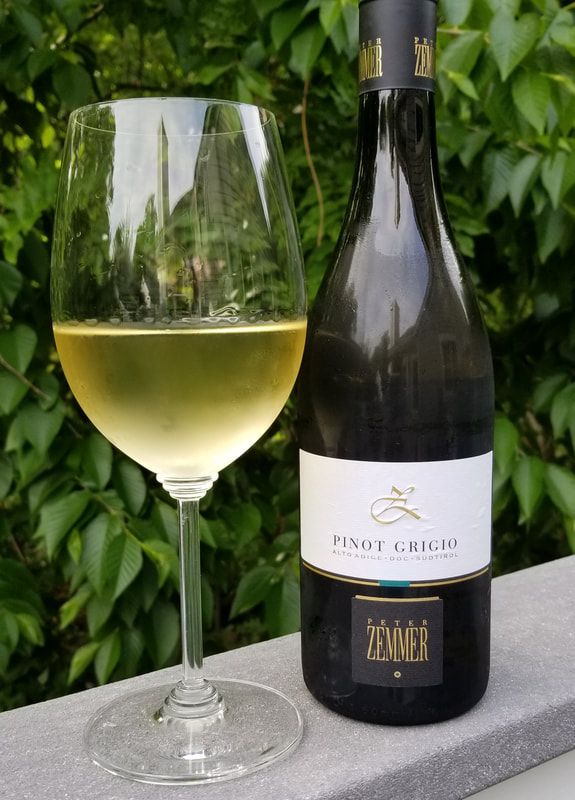
 RSS Feed
RSS Feed